The Rockpool Chronicles, 2023
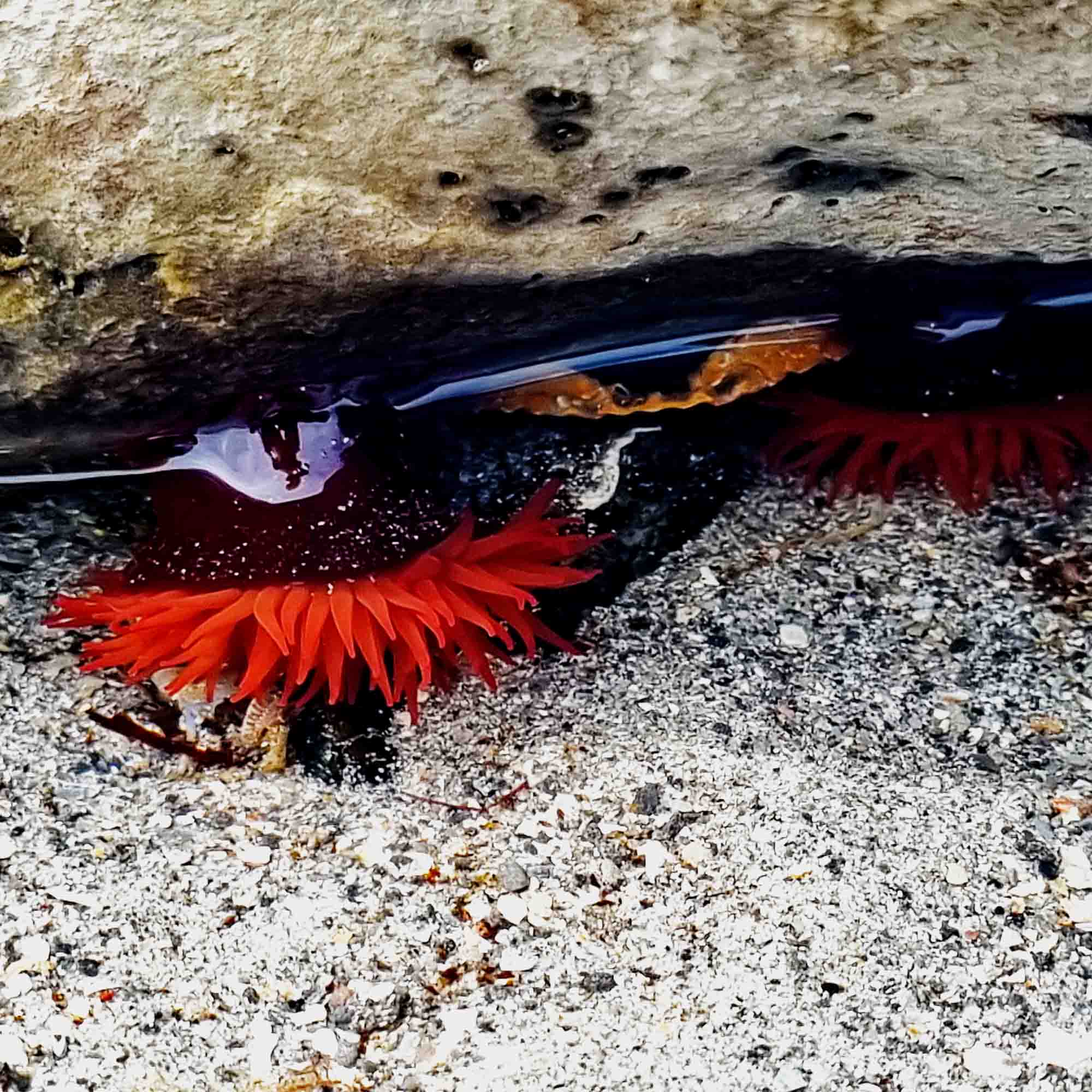
The Rockpool Chronicles:Revealing the Most Popular Discoveries of 2023
“Everyone Should Visit A Rockpool“
In January 2023 Galway Atlantaquaria made a Mission Ocean “Restore our Ocean and Waters by 2030 Pledge” to open up the wonderful experience of Rockpooling to everyone.
We invited Mr. Dave Wall of the National Biodiversity Data Centre to officially launch the Campaign and set about accomplishing our goals. Our hope was to make Rockpooling available to all, to create interesting activities and experiences, and to record species to help protect biodiversity.
We made a plan to host monthly rockpool experiences, and in the Summer would create a host of bioblitz experiences.
Here are some of our most popular discoveries of 2023.
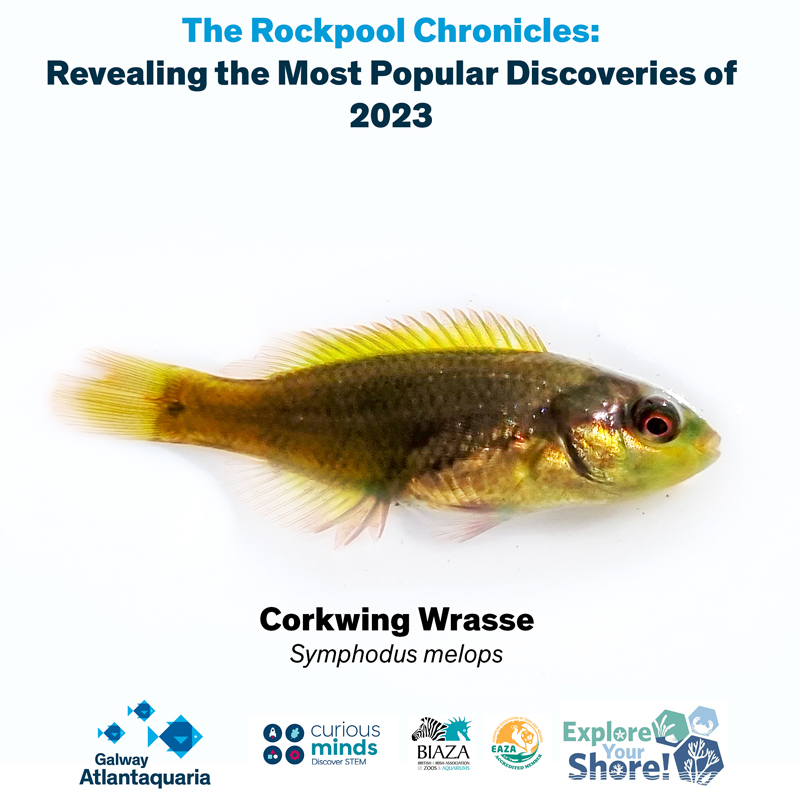
The Rockpool Chronicles:
The Corkwing Wrasse
Symphodus melops is a Wrasse Sp. we discovered on Grattan Beach, Salthill.
Being a juvenile, they can be hard to identify, however, all corkwing wrasse have a telltale black spot in the middle of the tail stalk and a comma-shaped spot behind the eye.
The males build an elaborate nest of seaweed in either rock crevices or amongst seaweed or seagrasses in sediment areas.
The nests are a ball or mound with an entrance hole, which the males aggressively guard.
Being able to record and share this fish was a very special moment, given its difficulty to find.
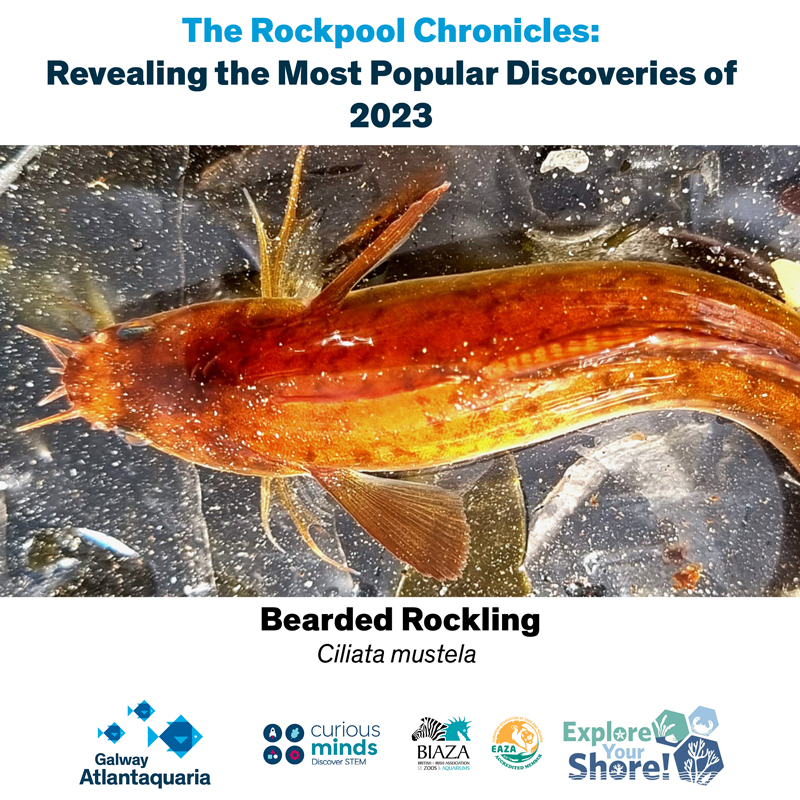
The Rockpool Chronicles:
The Bearded Rockling
Ciliata mustela probably the hardest to photo, as once disturbed it will race across the seaweed to hide.
All rocklings are scavengers who rummage around the seabed for any source of food they can find. Lugworms, and ragworms, Rockklings use the barbles to ‘taste’ before eating.
They have a radar on the dorsal area, that can be seen vibrating all the time (you can see this divot in the image below.)
On this day the fish was calm and we were able to capture its colours and shape.
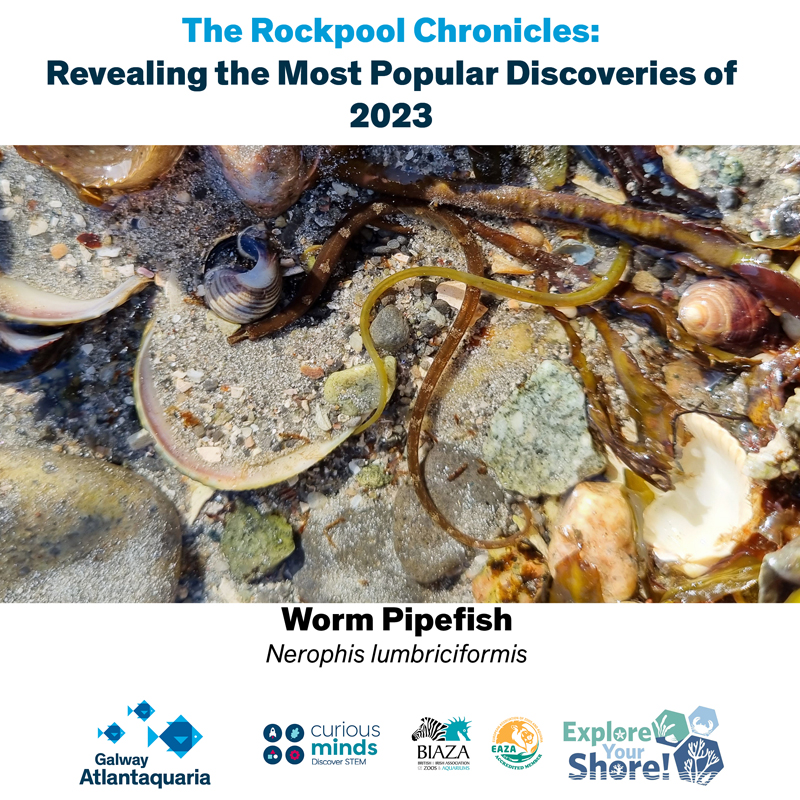
The Rockpool Chronicles:
The Worm Pipefish
Nerophis lumbriciformis They look like seahorses! Their diet consists of small crustaceans like copepods.
Like seahorses, the males protect the eggs until they hatch.
The female transfers about 150 eggs into a shallow groove on the male’s belly and egg-carrying males can be found from May to August.
If you find two Worm Pipefish together they a probably partners as they mate for life!
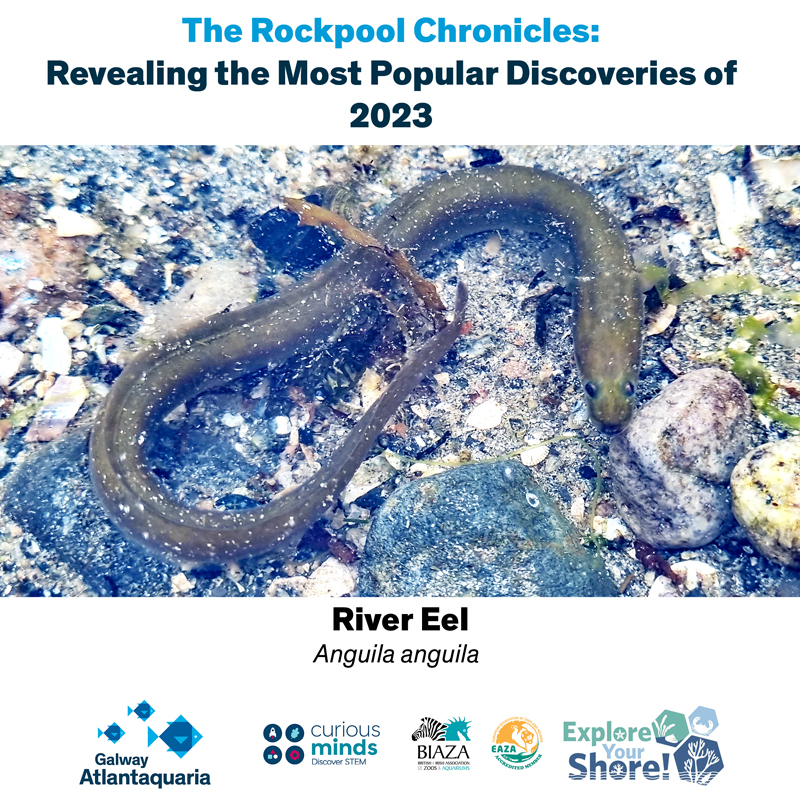
The Rockpool Chronicles:
The River Eel
Anguila anguila A CRITICALLY ENDANGERED species!
The European eel is a catadromous and carnivorous species.
As the eels become sexually mature they migrate to the sea, where they move to the spawning grounds in the Sargasso Sea.
During migration, the eels do not feed.
Once in the Sargasso Sea, the eels spawn in late winter and spring. Adult eels do not leave the Sargasso Sea but their progeny, the leaf-shaped larvae (leptocephali) are brought to the continental shelf of Europe by the Gulf Stream, a journey that takes 200-300 days.
Before entering coastal zones and estuaries the larvae metamorphose into transparent eels (glass eels). As the eels colonize the freshwater areas of Europe they are known as yellow eels (pigmented eels).
During the last summer of their freshwater life, eels become sexually mature and silvery in appearance (silver eels). At this stage their eyes become bigger, their heads broader and the content of body fat increases.
An Amazing Find!
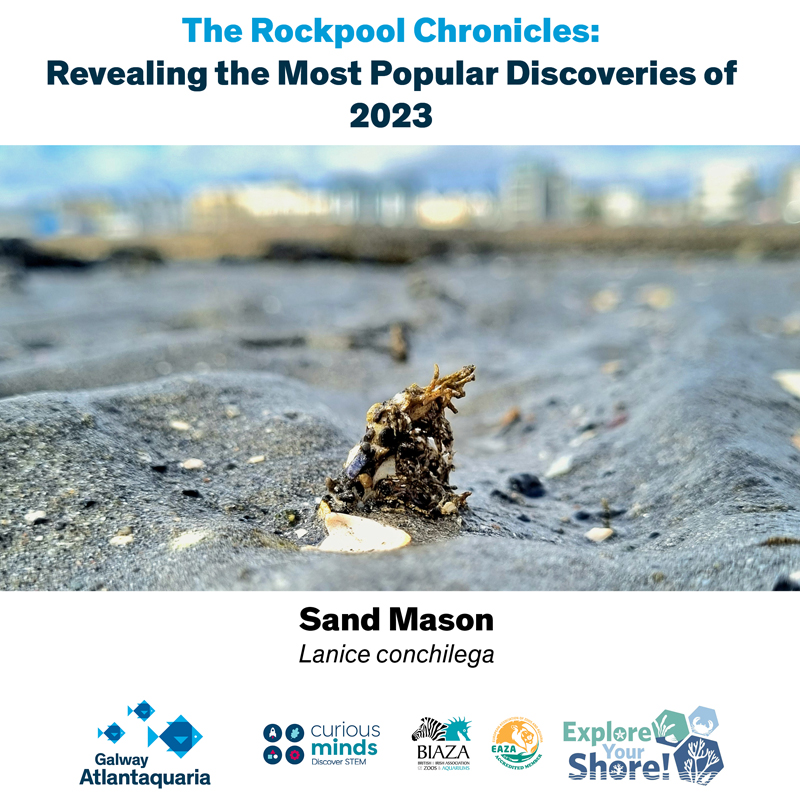
The Rockpool Chronicles:
The Sand Mason
Lanice conchilega The Hidden Hero of 2023!
This species of worm (bioengineers) builds these beautiful towers of shell and stone, with a beautiful tree to capture passing food.
Interestingly there are two types of behaviors ‘errant’ & ‘sedentary’, where Sand Mason worms will travel or just stay in place!
In over six years of exploring the shore, I only noticed them in 2023 (Blinded by the Beauty of Blennies).
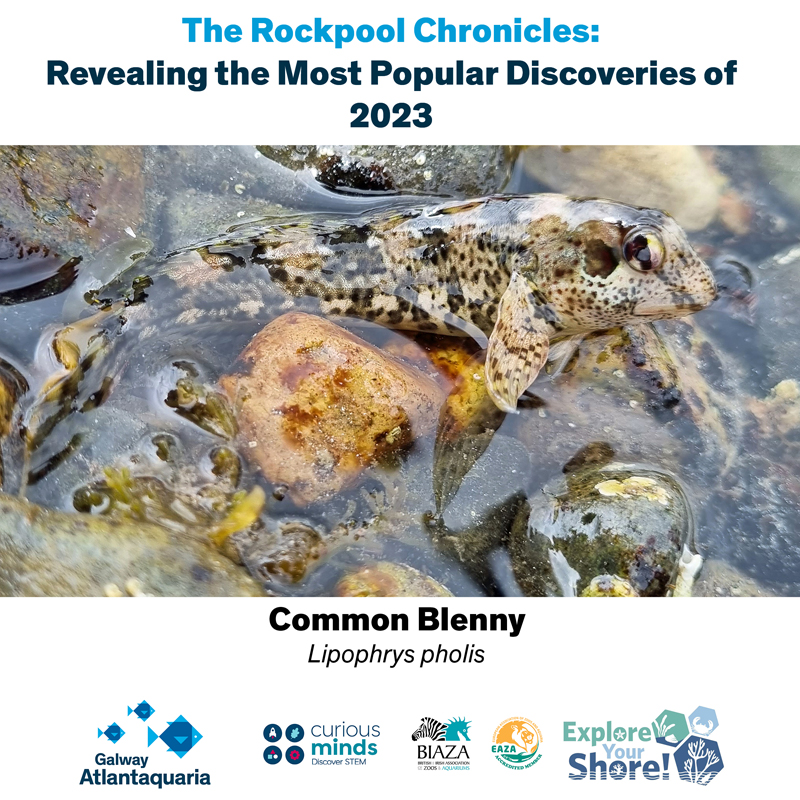
The Rockpool Chronicles:
The Common Blenny
Lipophrys pholis no respectful Rockpooler can ignore the beauty, resilience, and ‘smile’ of this species.
They will eat whatever they can find, from seaweed to barnacles and shrimps.
This species is sometimes known as the Sea Frog!
They can survive out of water at low tide and, if disturbed, will leap back into the water – much like a frog does.
One of the most common species on Grattan and therefore a great subject to encourage young rockpoolers to discover more.
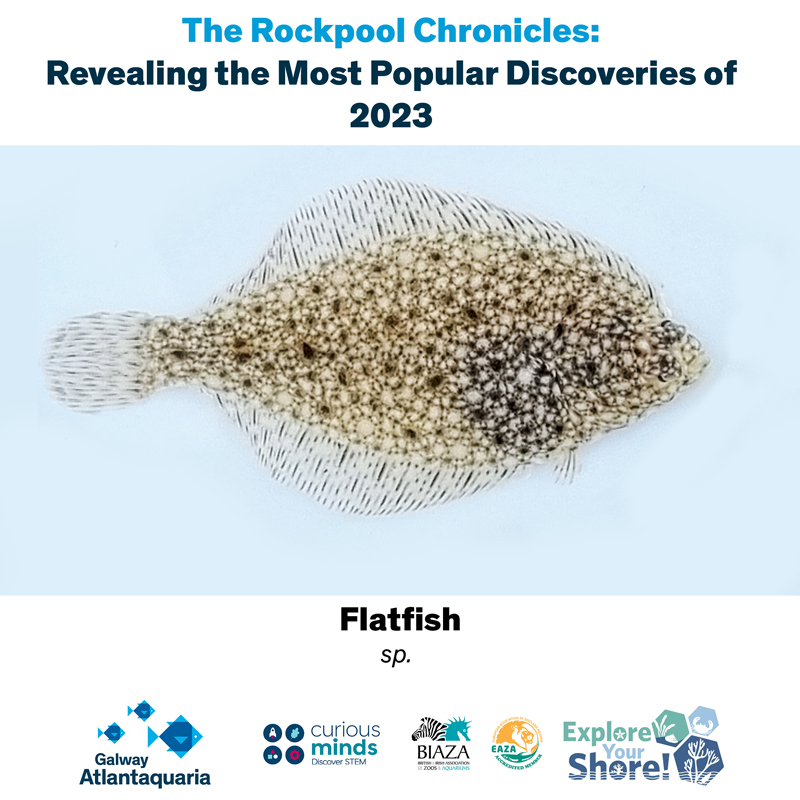
The Rockpool Chronicles:
The Flatfish
Flatfish sp. Finding flatfish is VERY hard, as when walking through the sandy part of the shore, they will skip away leaving a ‘cloudy trail’ of sand. However, with a gentle walk with the net you will eventually capture one for recording.
These are great species for exploring the shore with young people and talking about safe species handling.
They are preyed upon by Crangon crangon the Brown Shrimp, but as the ocean is all about balance when these flatfish grow up they will feed on them.
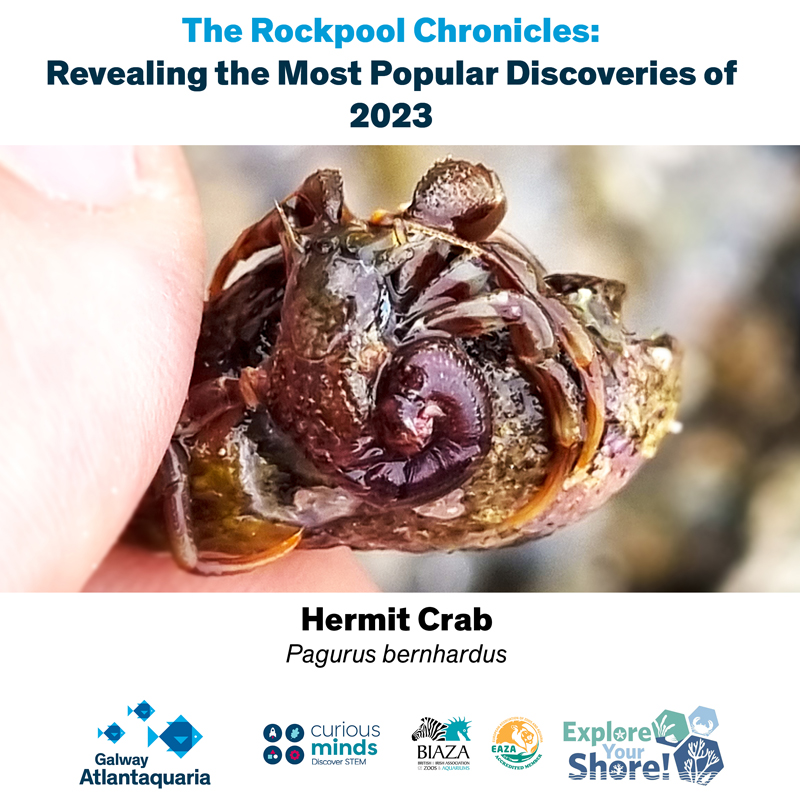
The Rockpool Chronicles:
The Hermit Crab
Pagurus bernhardus The Hermit Crab, while extremely common would not make the top list, however, this is the first time we recorded one outside of its shell!
We always tell our rockpoolers to take a photo and not a shell, as these and other species rely on shells for shelter, food, and like the Sand Mason Worm building homes.
While it is very dangerous for them to leave the shell, they must do it as the shell could be damaged or they need to grow bigger to attract more females in their group or consortium.
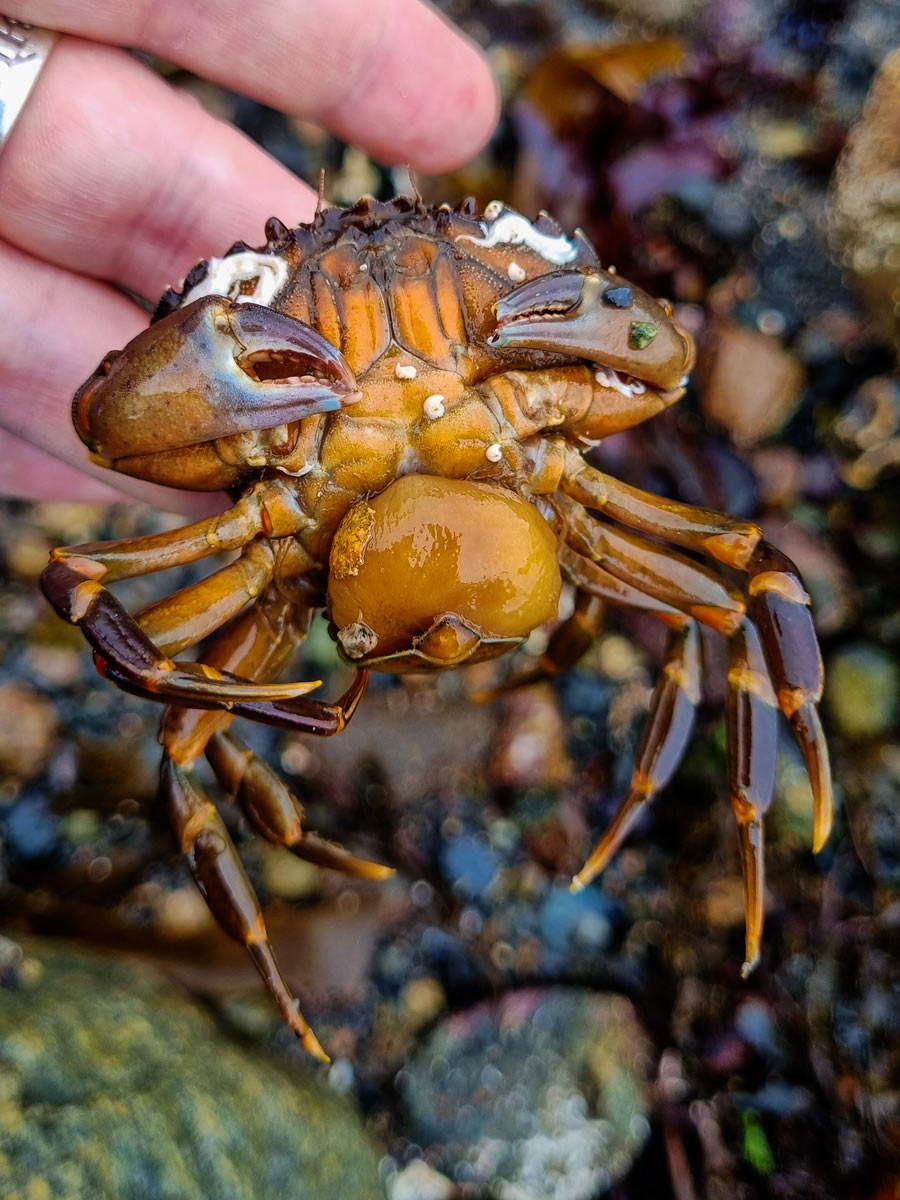
The Rockpool Chronicles:
Disease/Parasites
A strange choice but really important to protect biodiversity. This is why we need an army of Citizen Scientists exploring and monitoring the shore.
We believe this parasite on the belly of the shorecrab is called Sacculina carcini
Female larvae infect young crabs and develop inside the host for about 5 – 34 months before developing the externa (The mound on its belly).
The externa contains ovaries that produce eggs that are fertilized by the male larvae.
The parasite infects both male and female crabs, which results in their castration, and prevents further molts.
It causes the males to develop female characteristics. Host crabs may carry multiple infections of this parasite.
This is a sad reality of the cruelty of life in the pools, but with recording, there may be scope for prevention too.
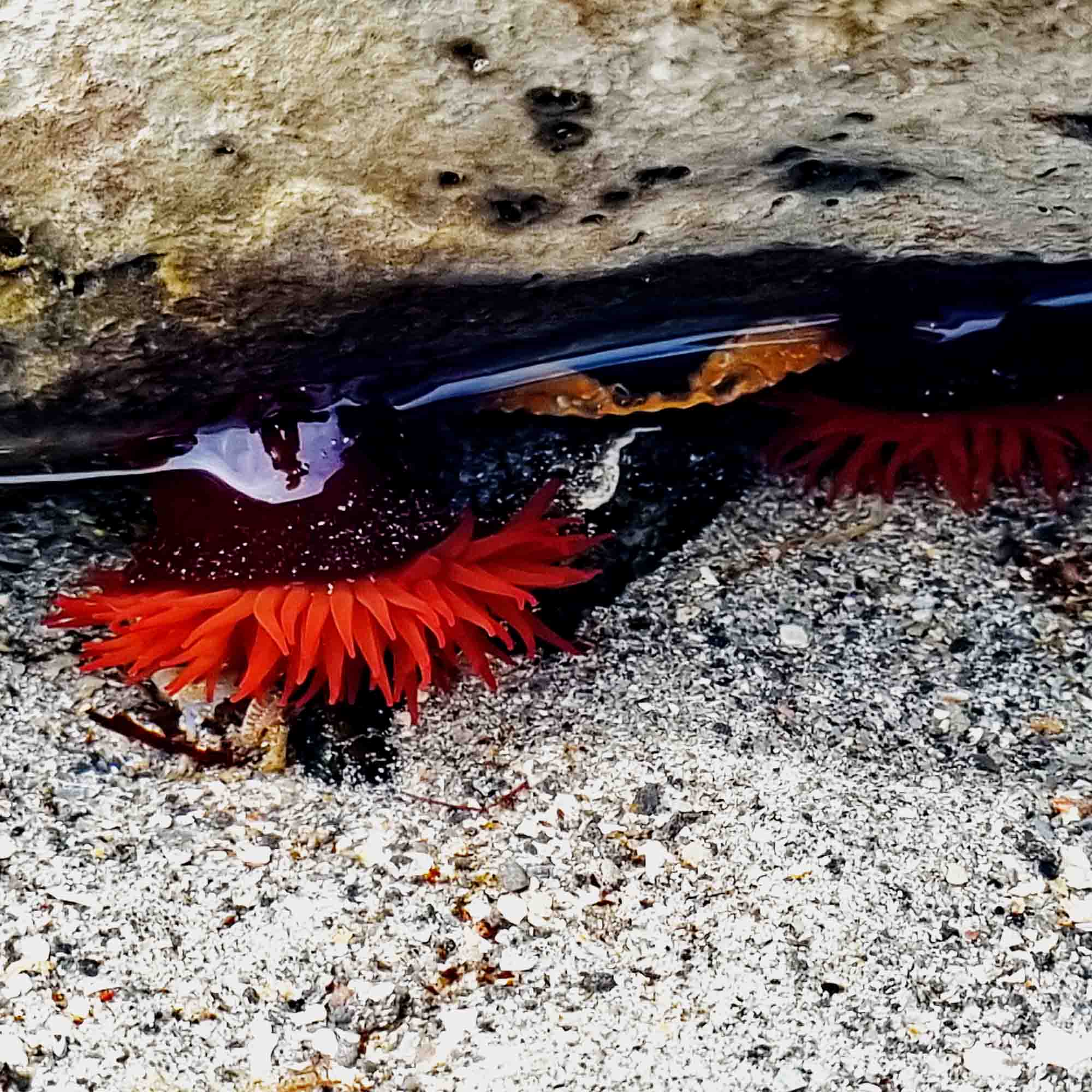
The Rockpool Chronicles:
Protect, Leave No Trace & Record
We sadly have come to the end of our Rockpool Season & Chronicles, we have hosted over 30 experiences with an estimated 300 people on the shores of Grattan Beach, Salthill.
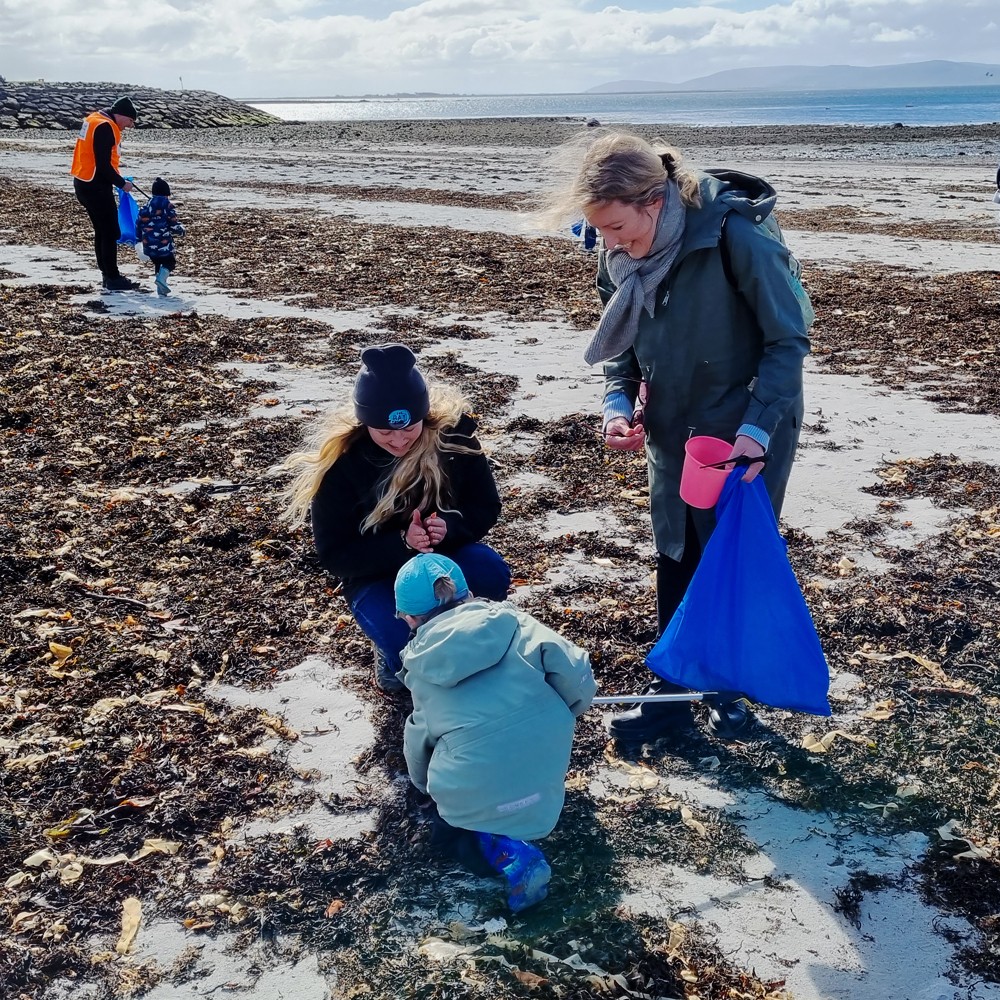
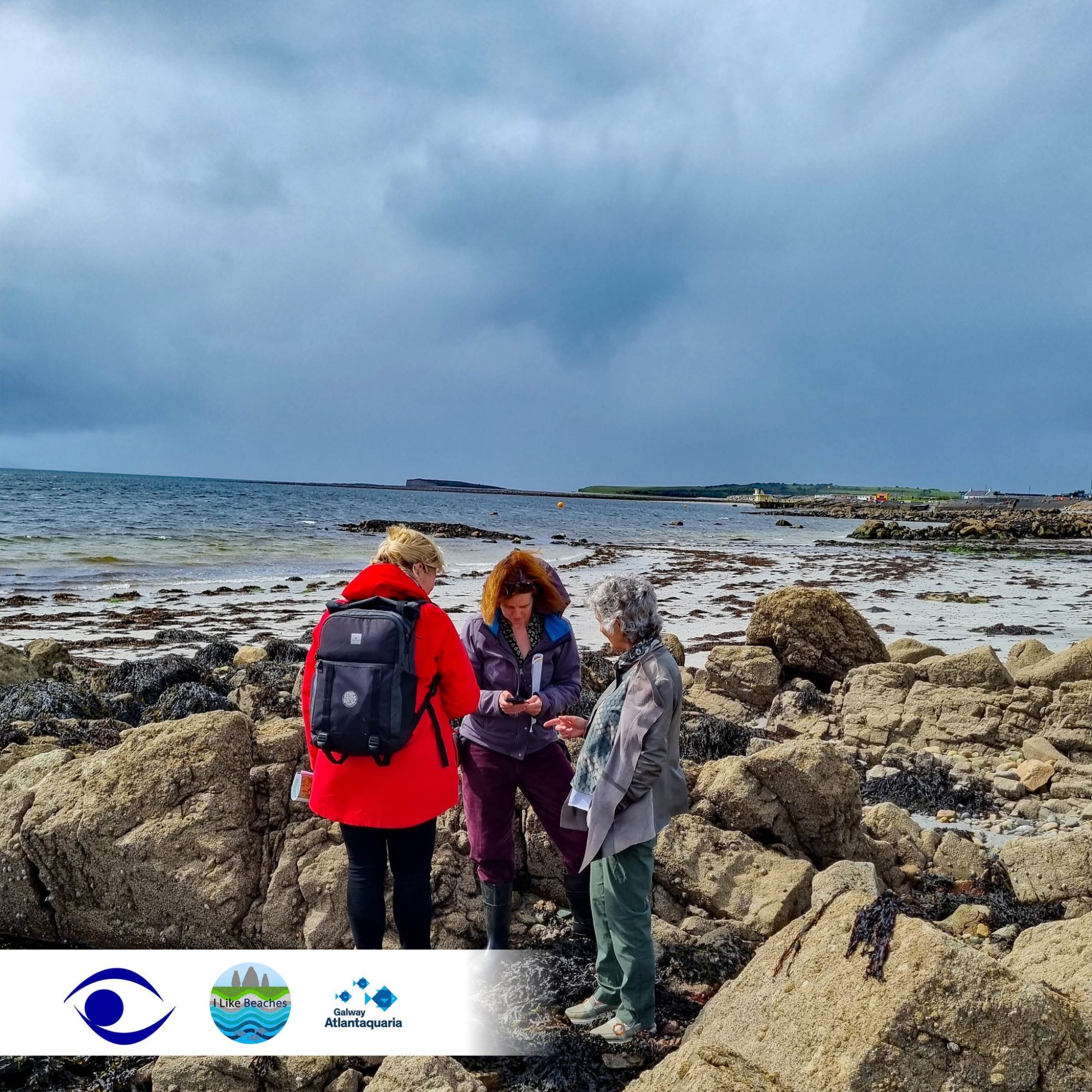
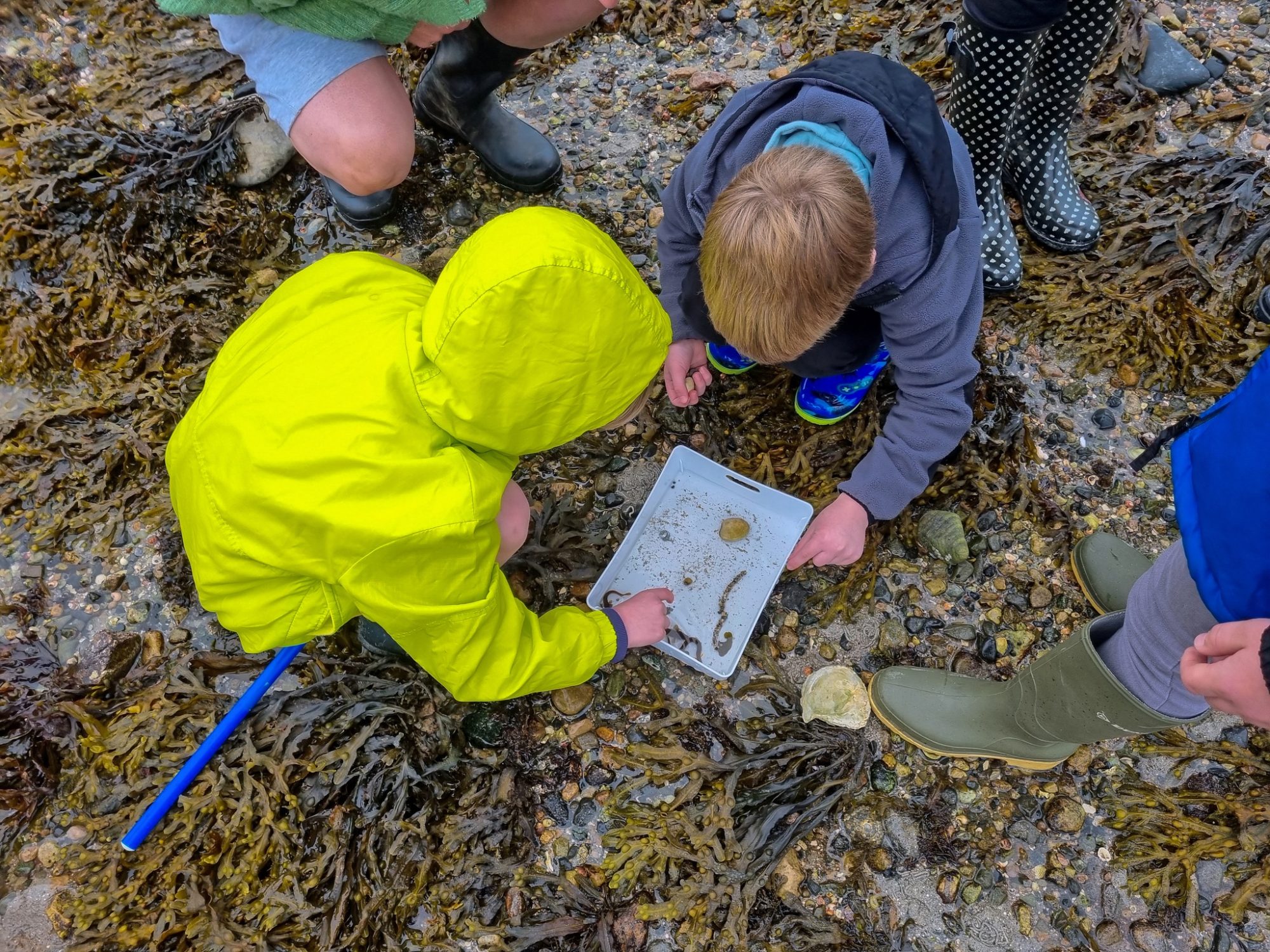
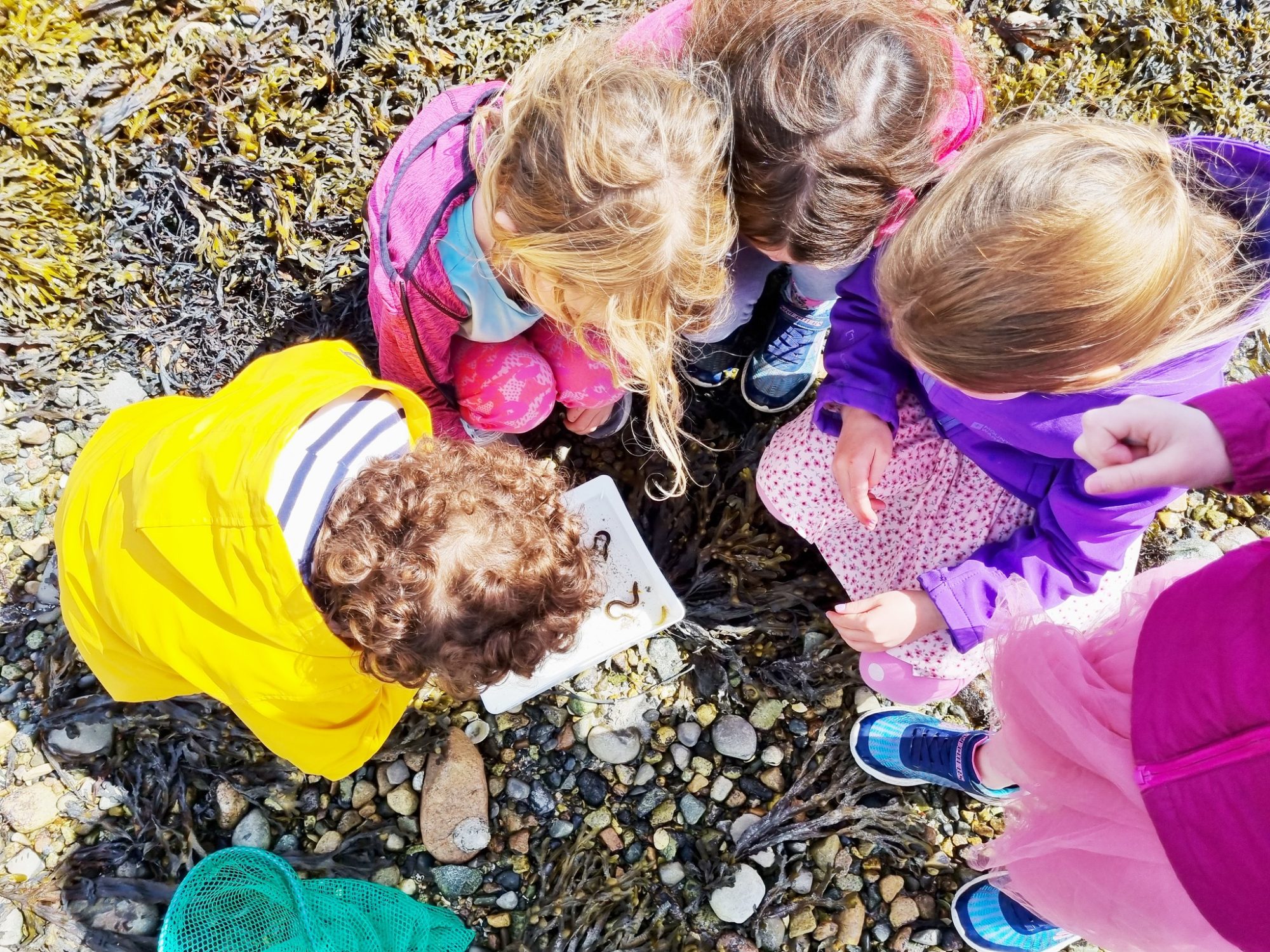
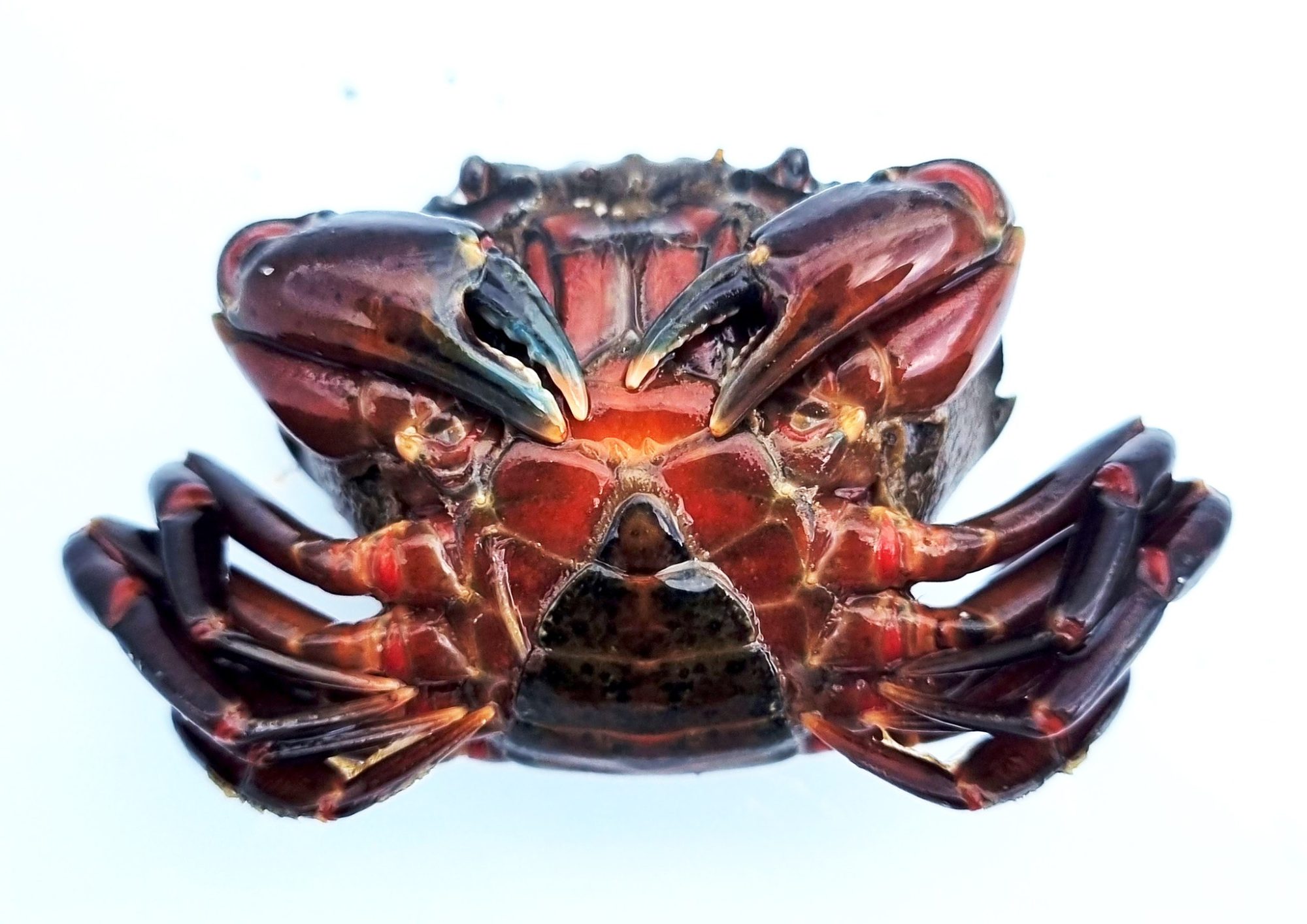
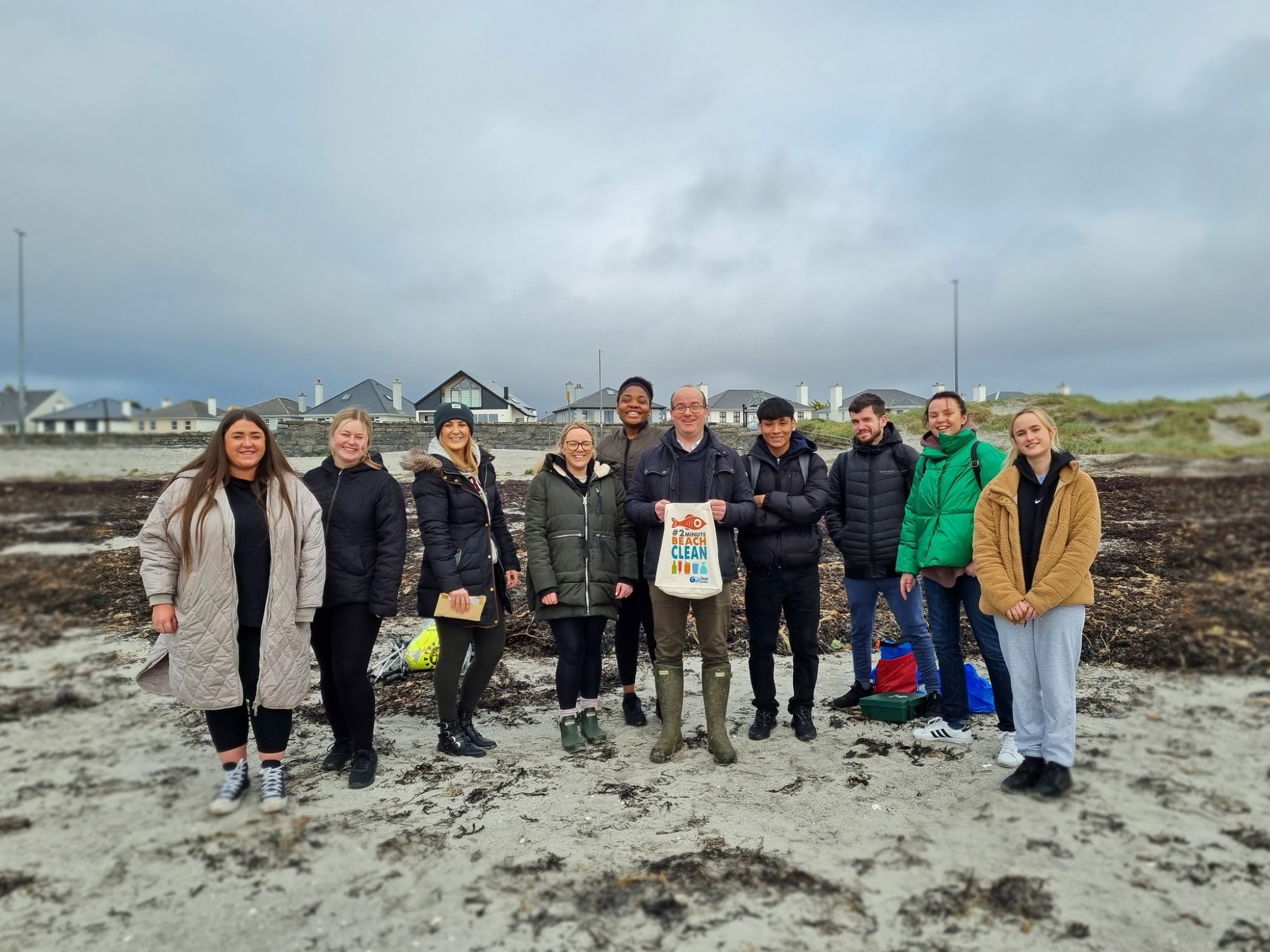
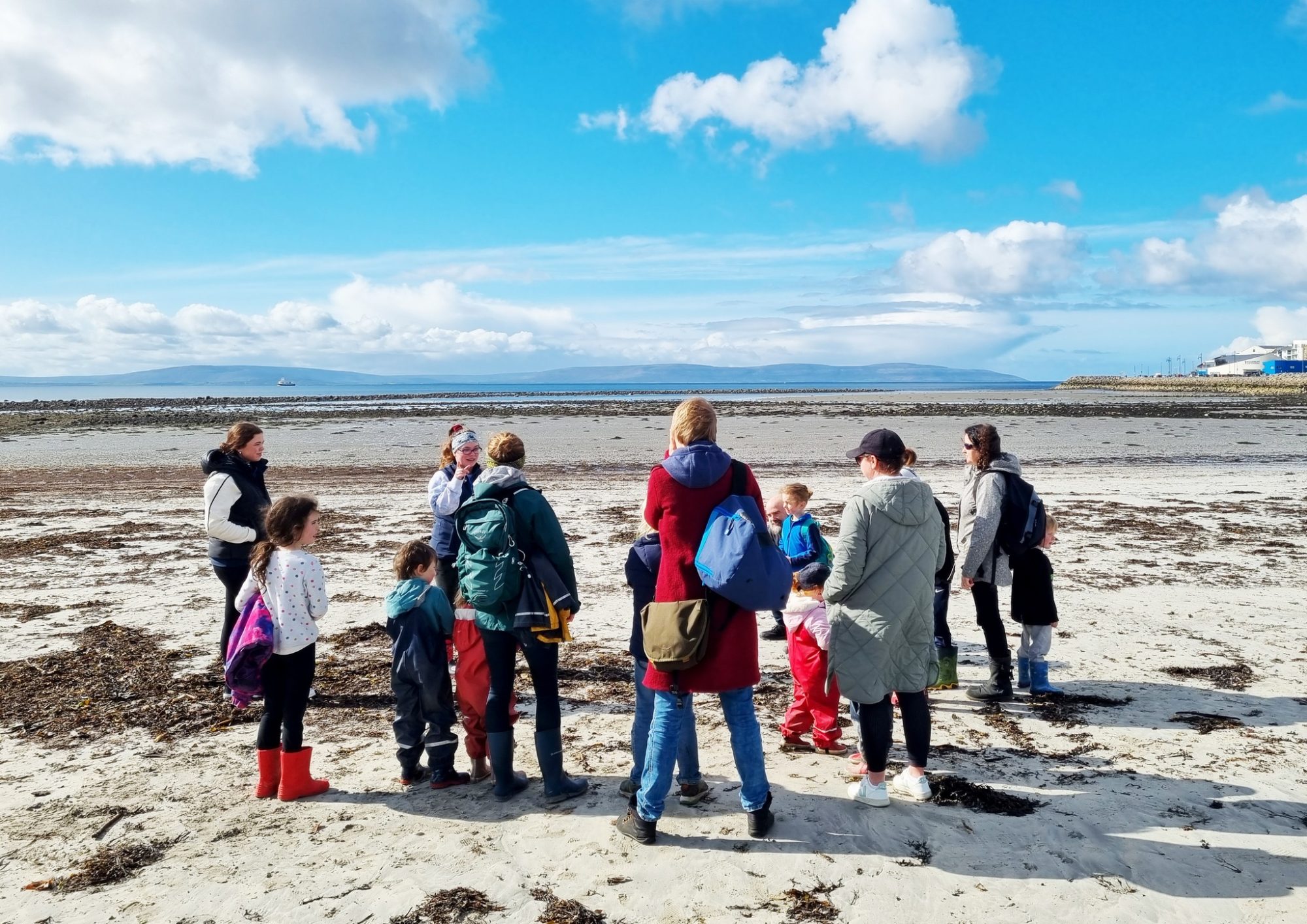
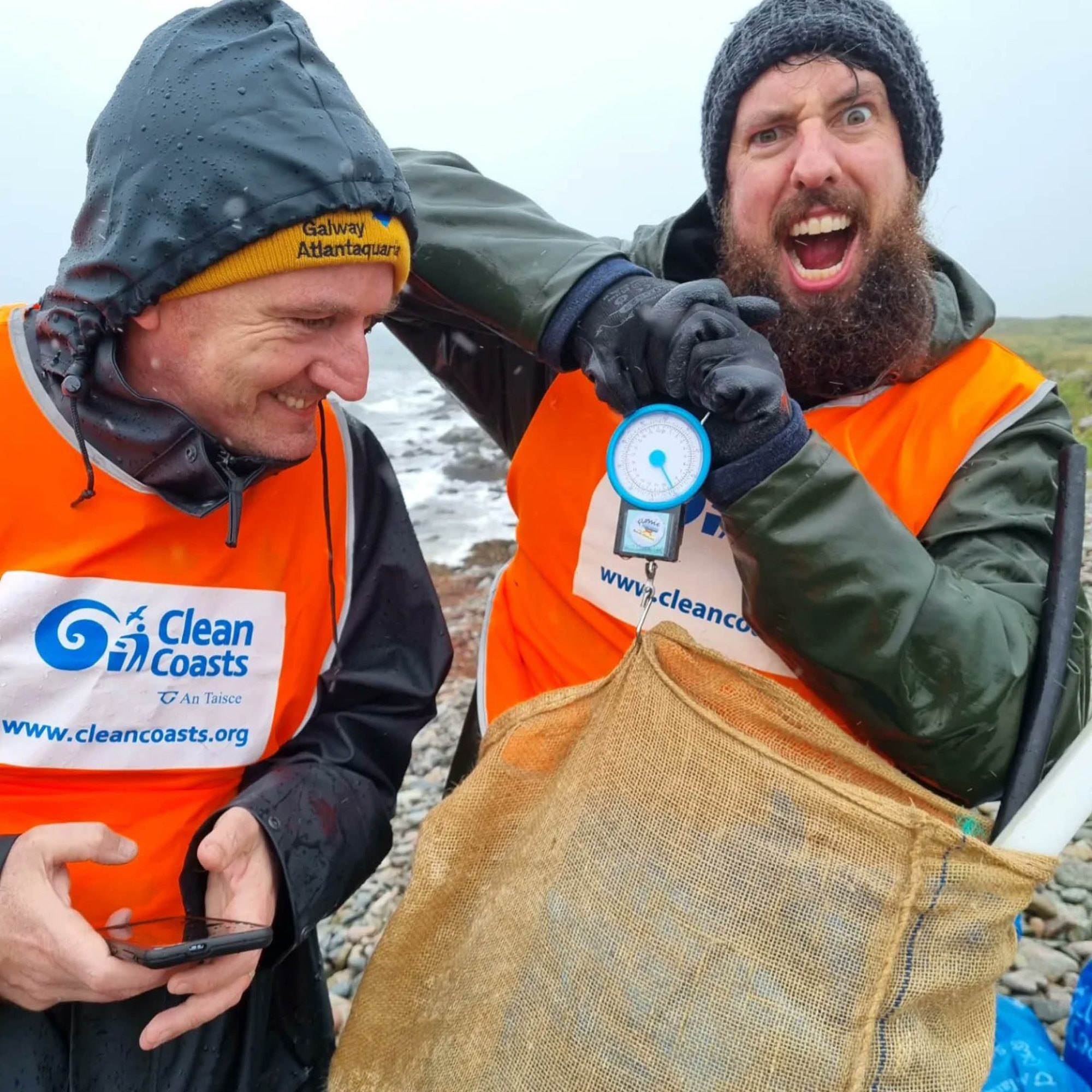
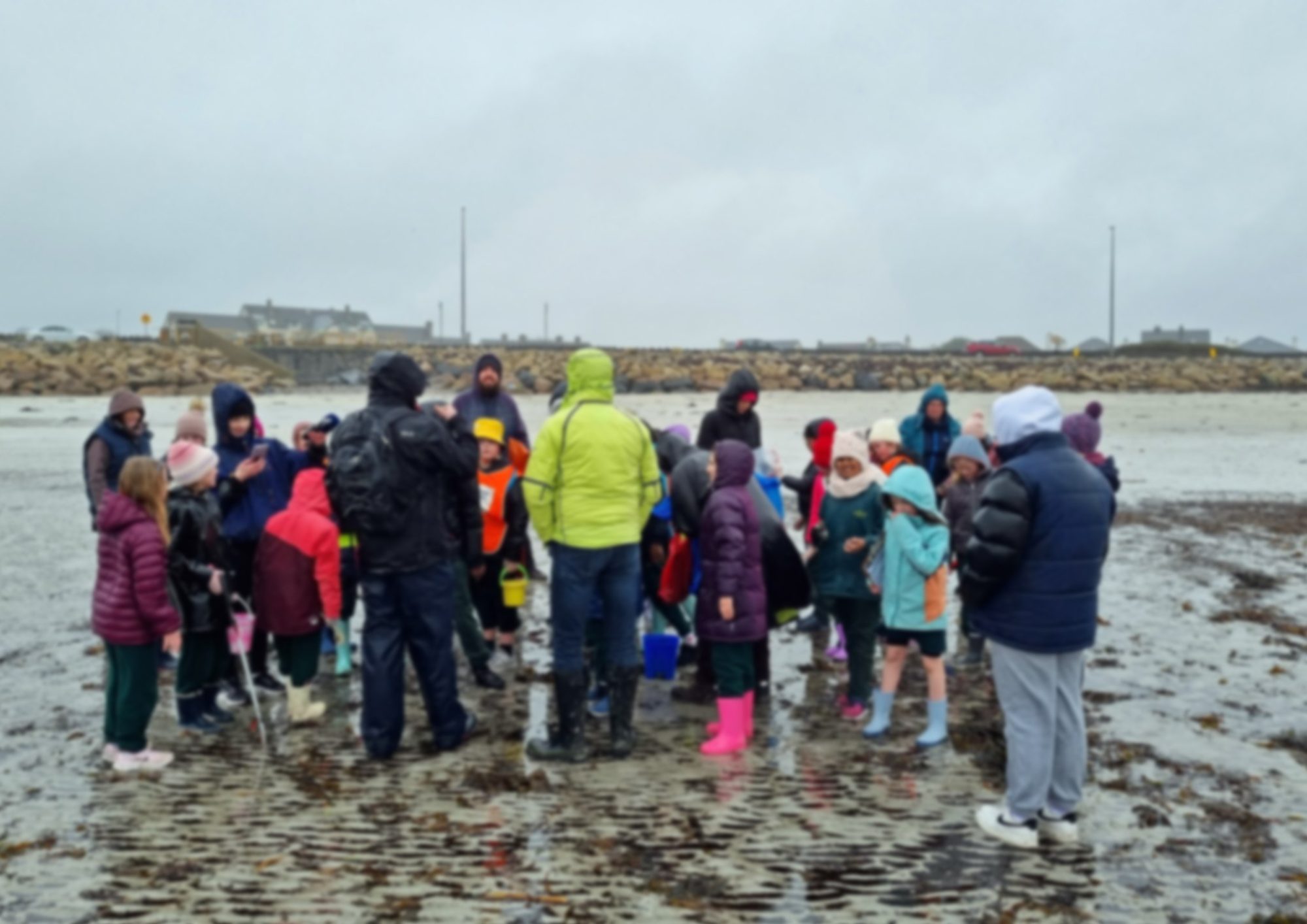
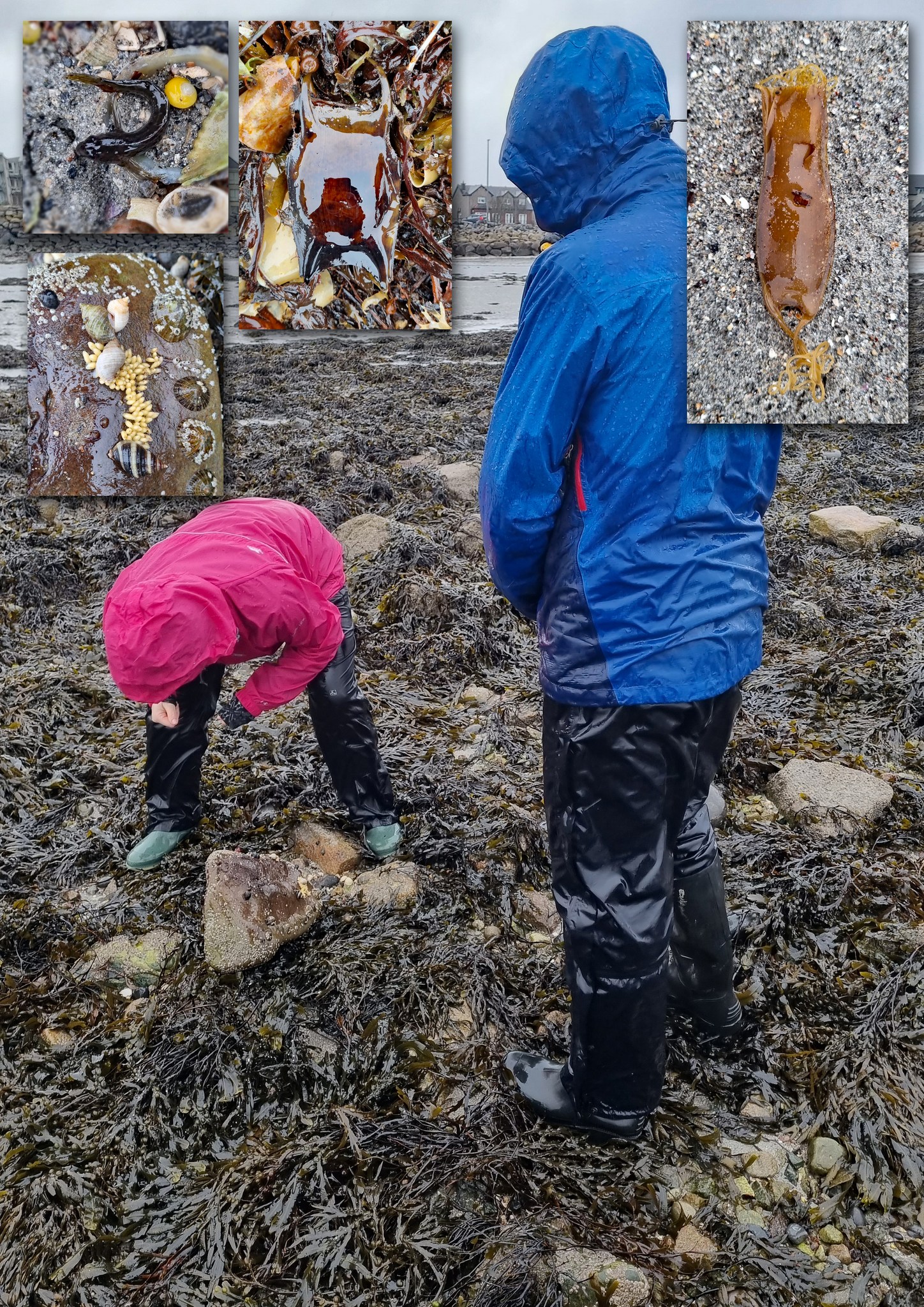
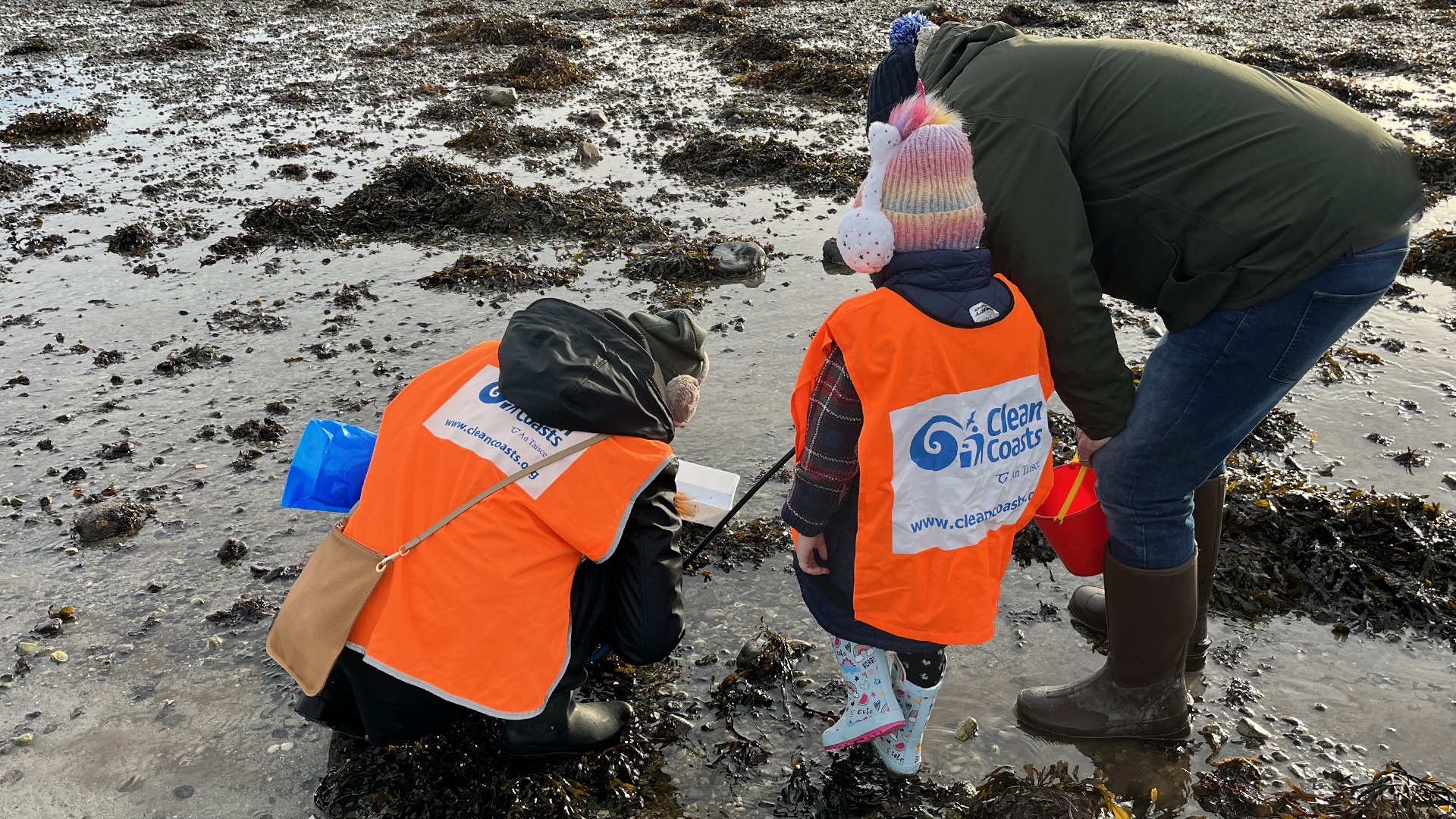
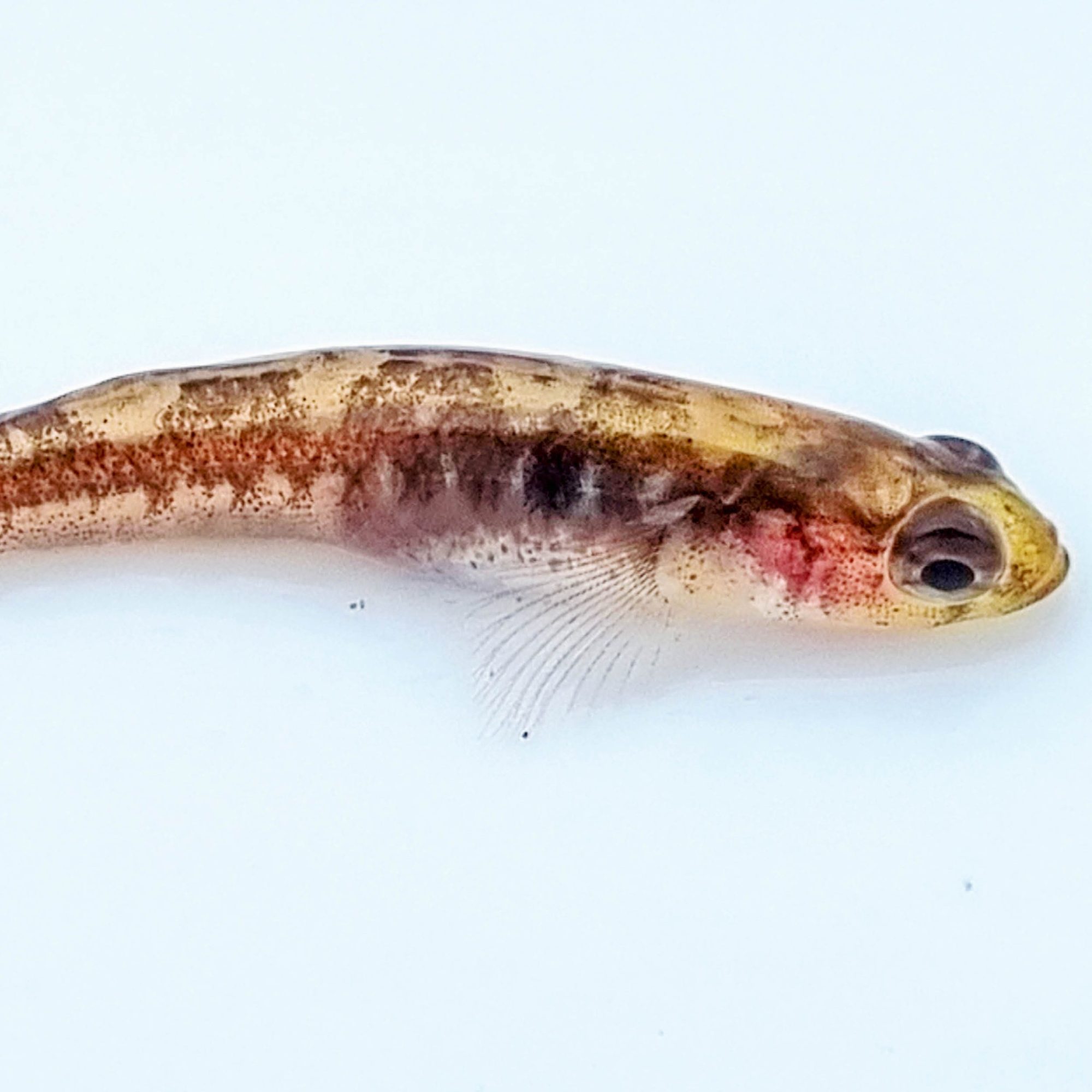
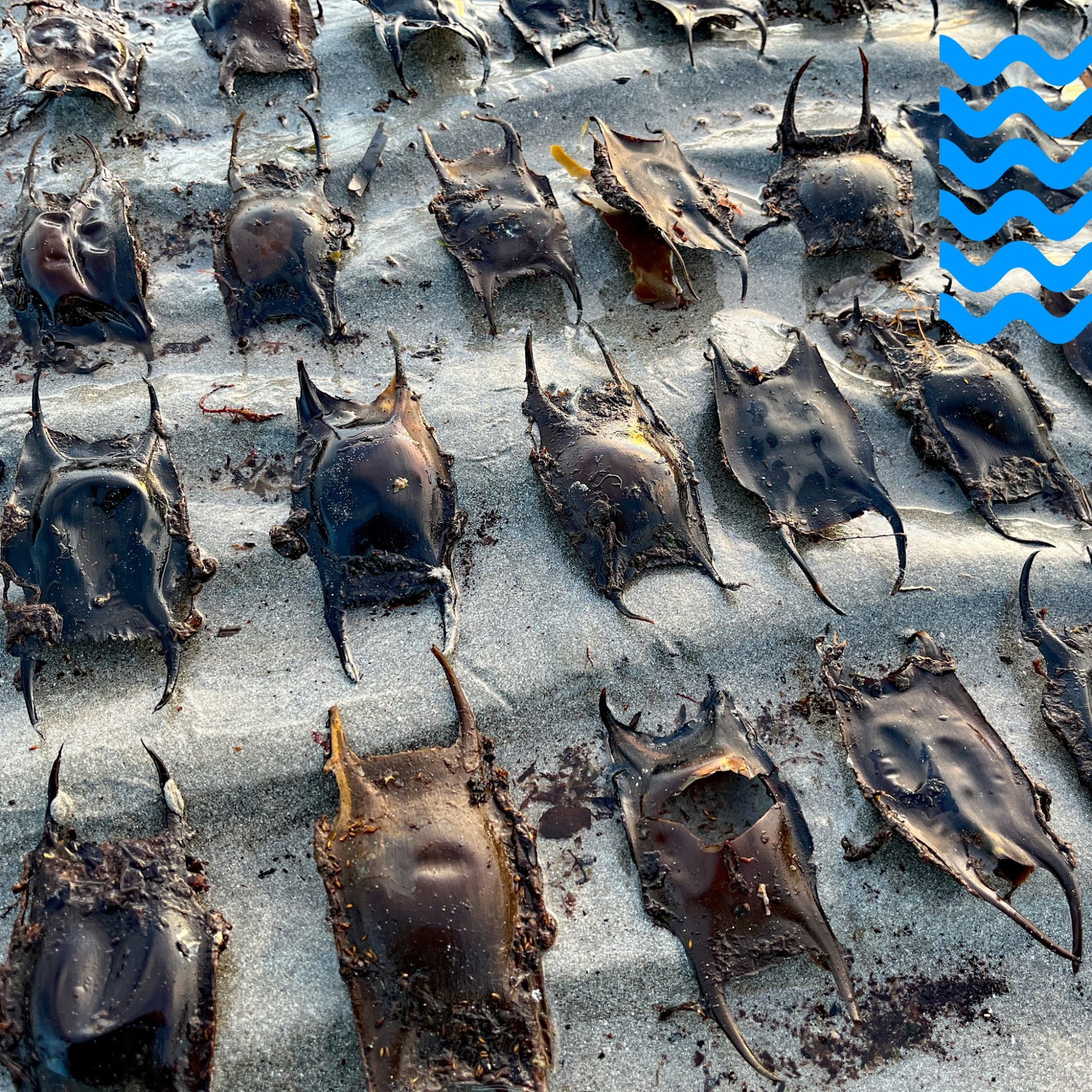
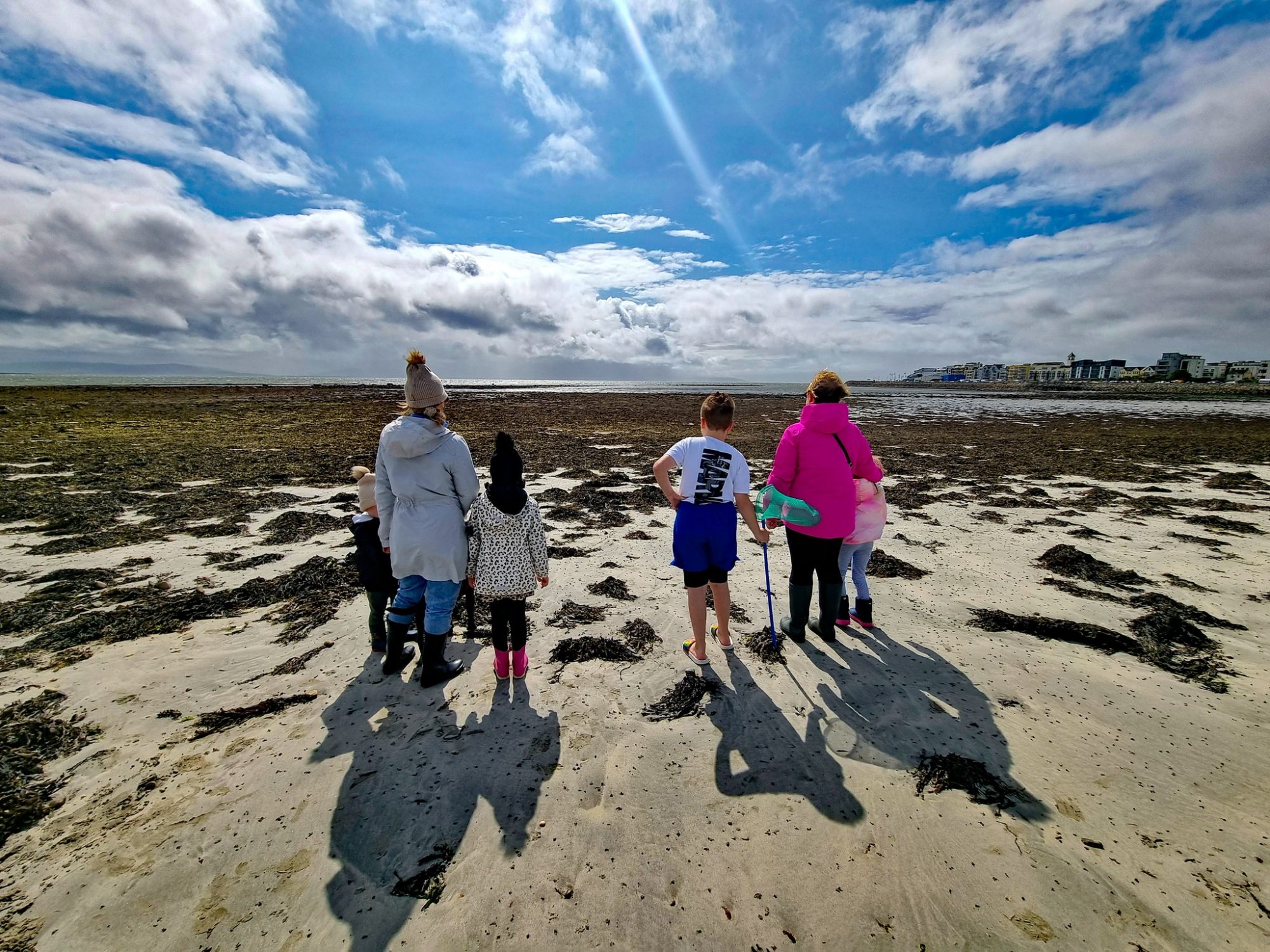
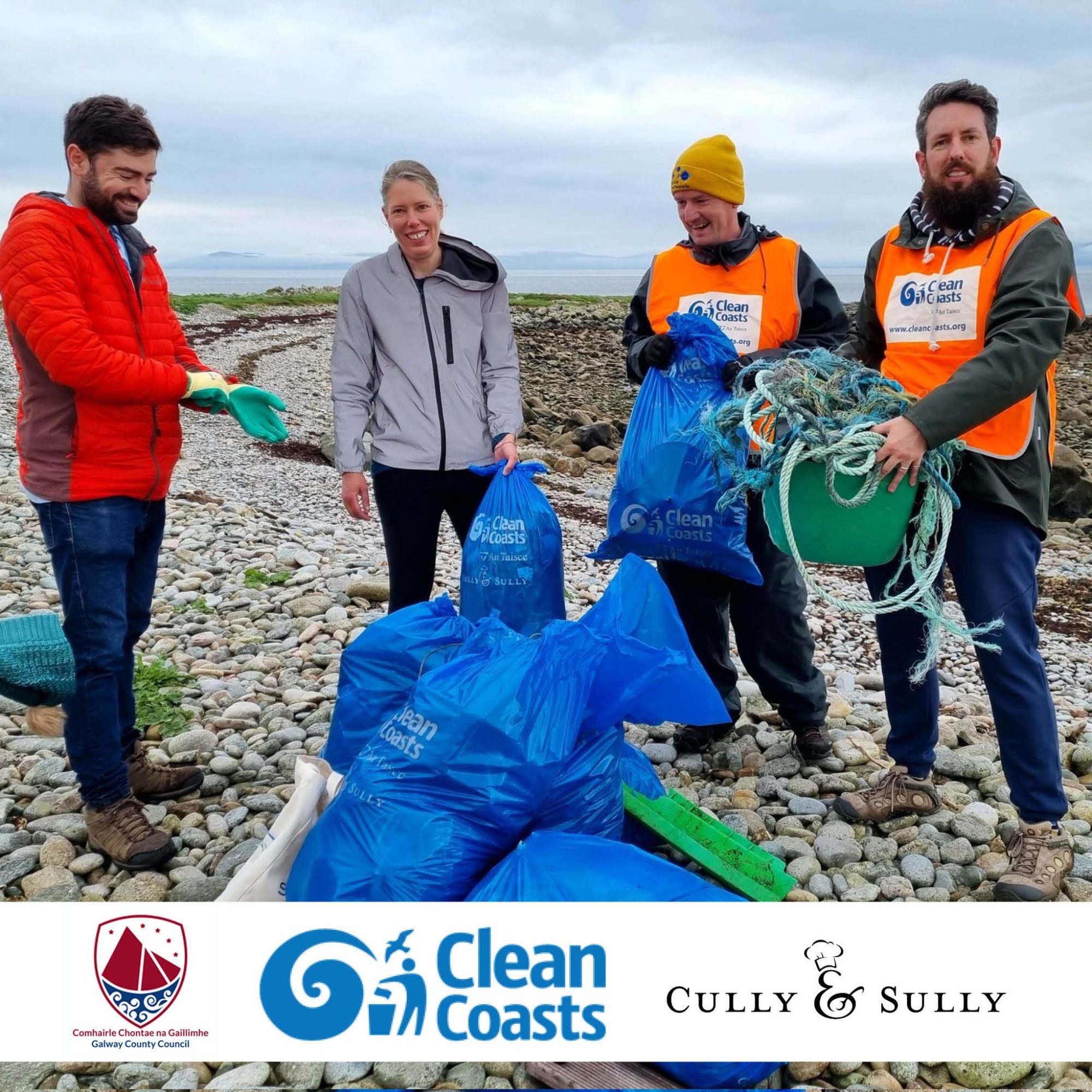
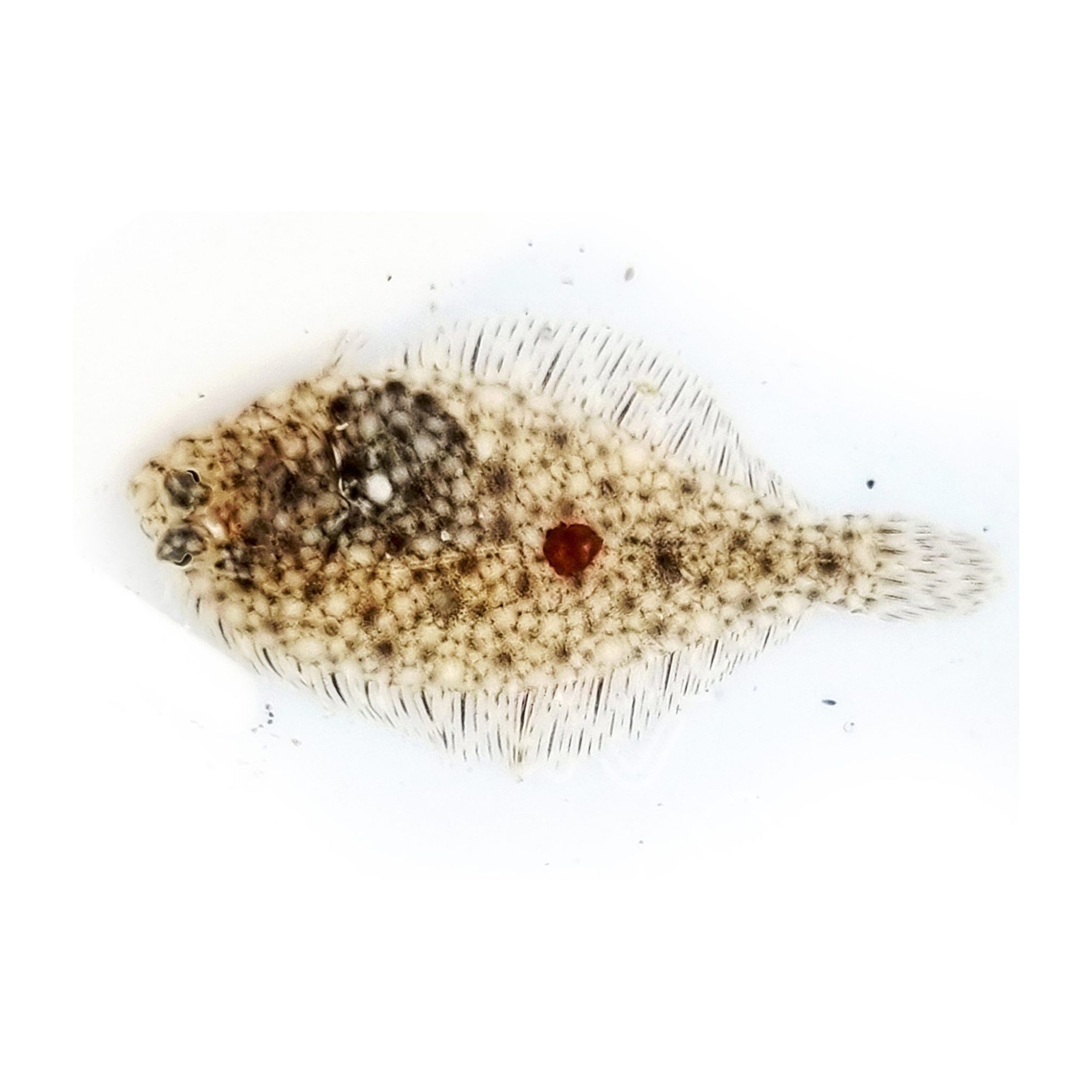
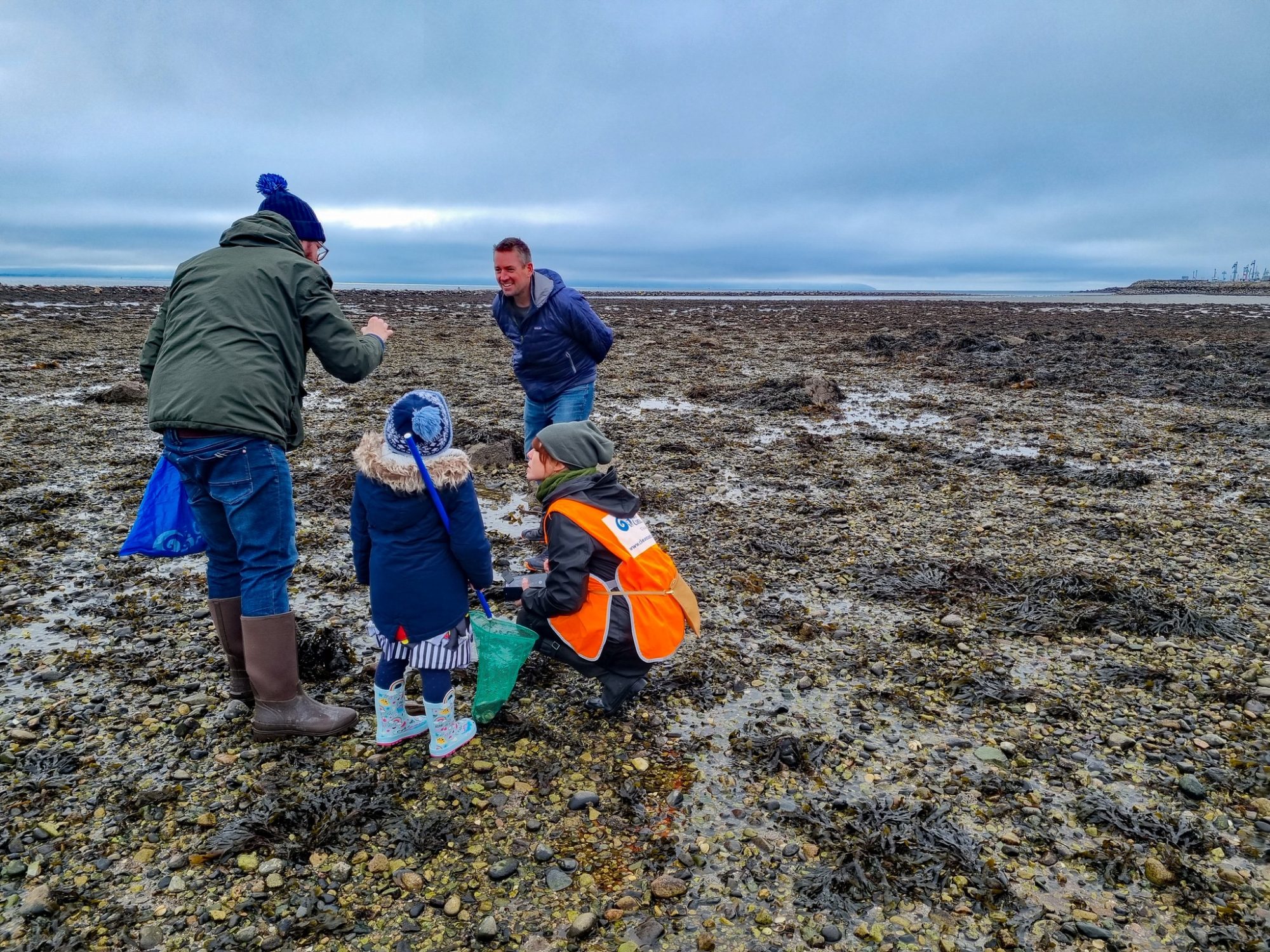
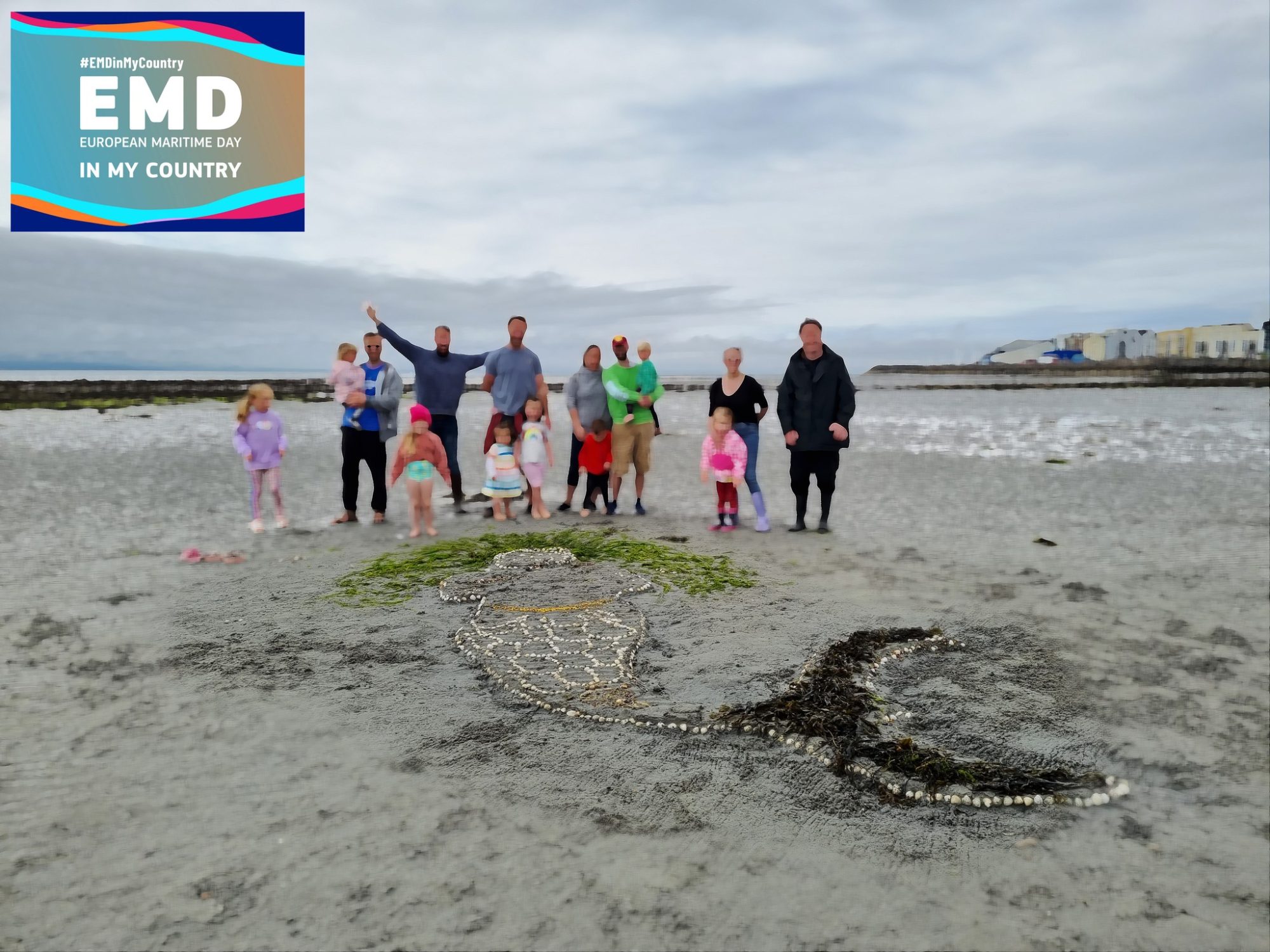
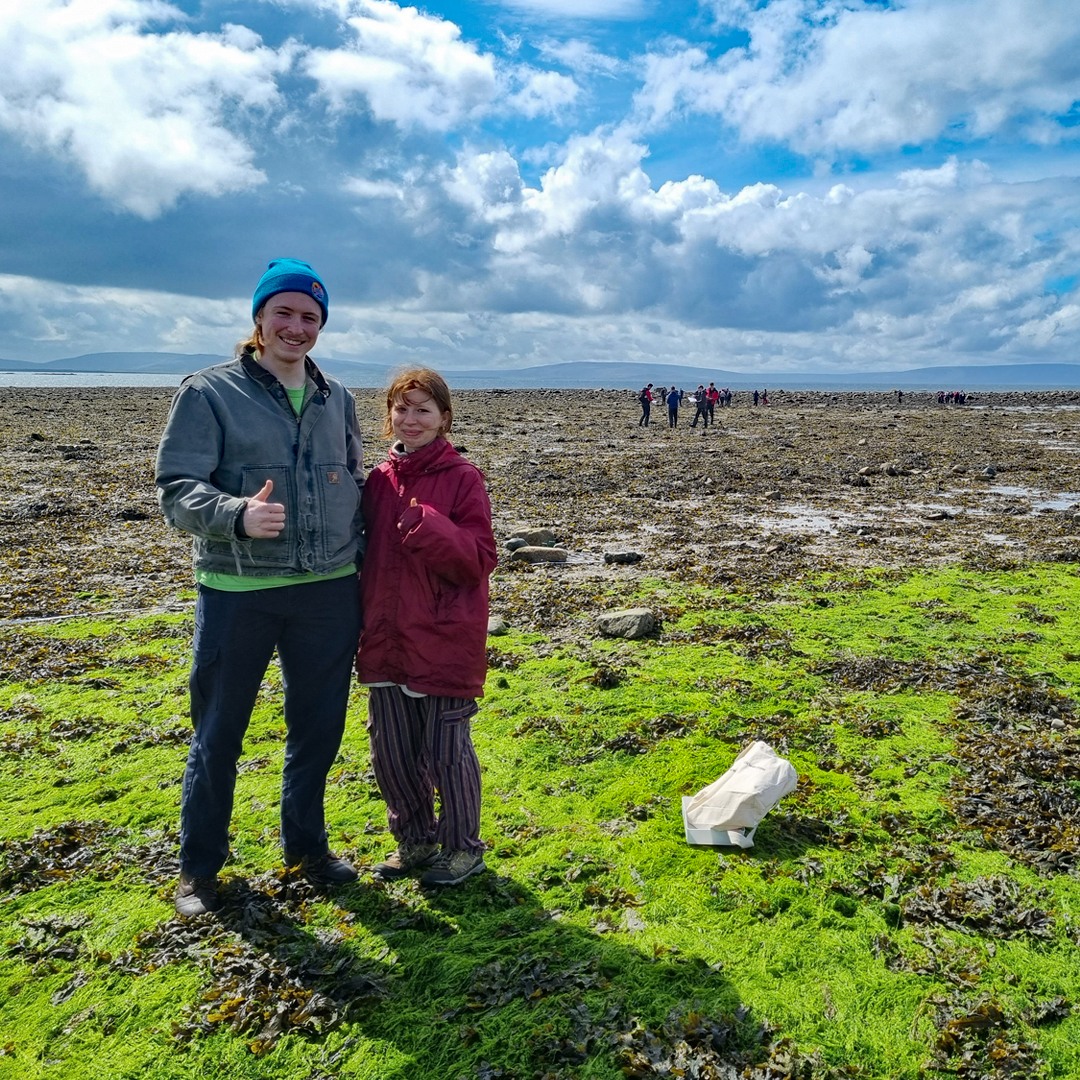
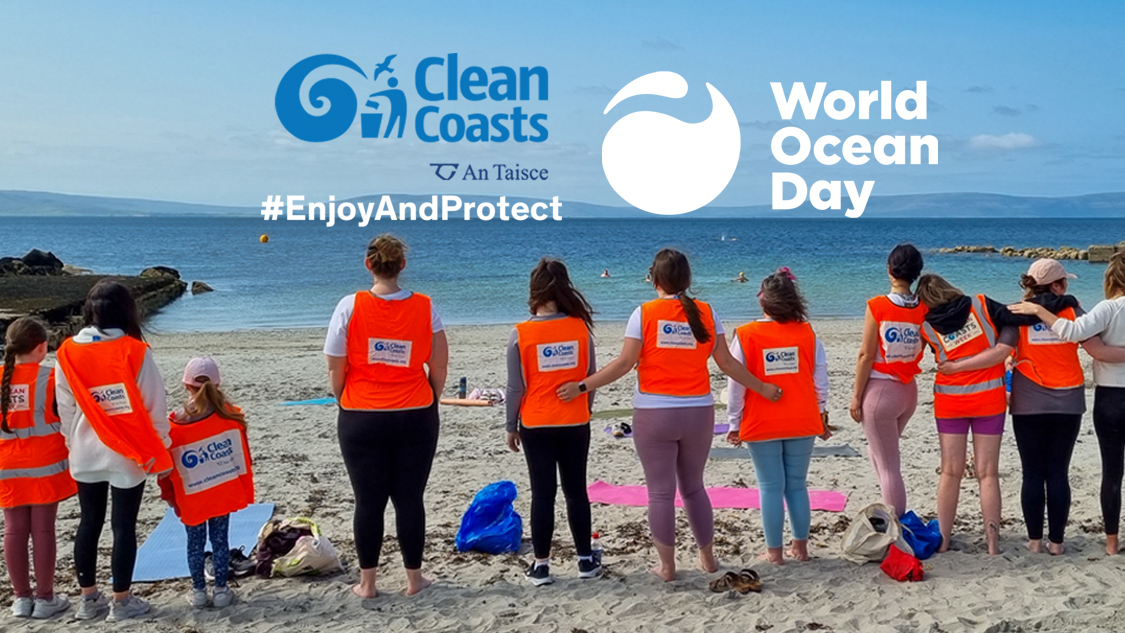

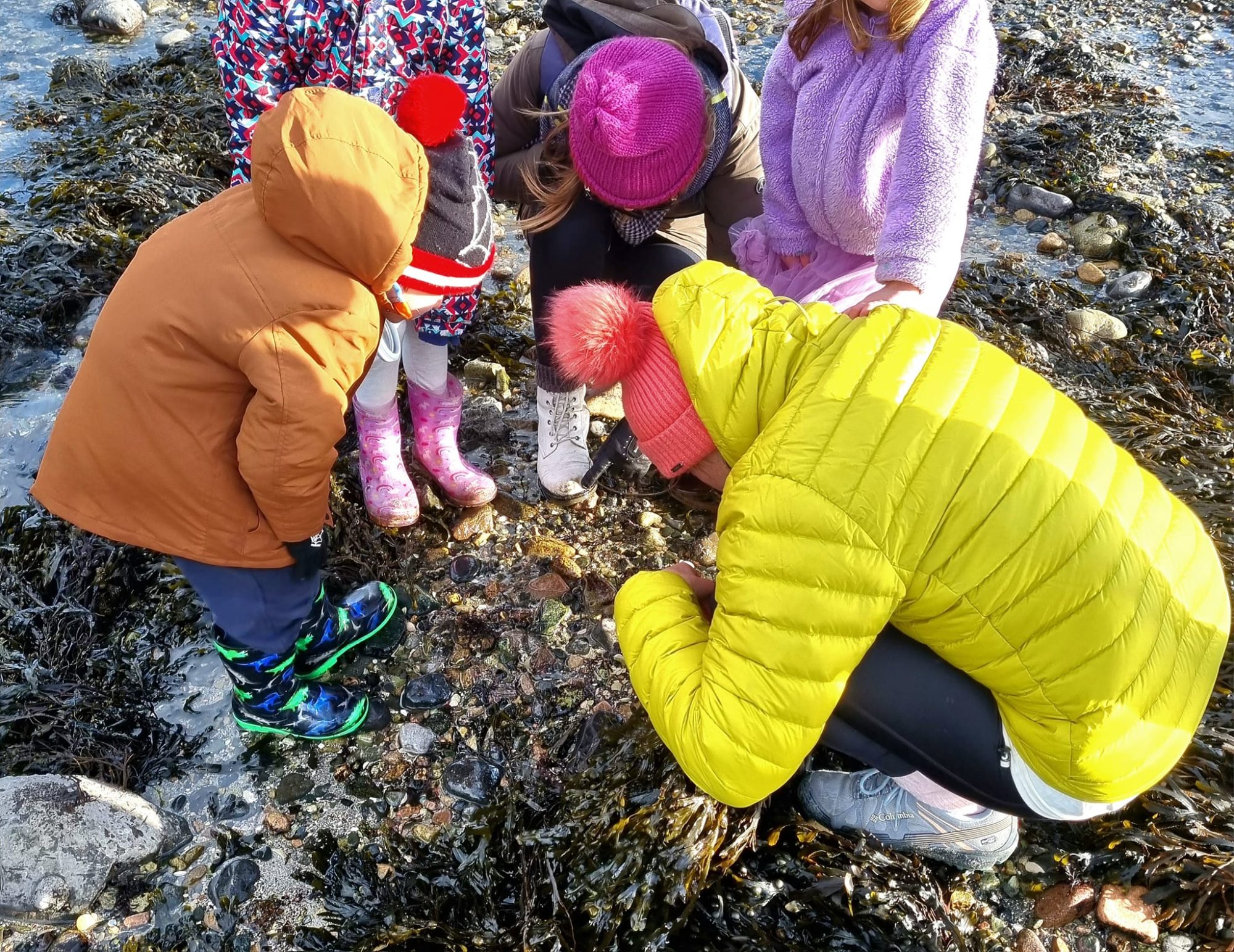
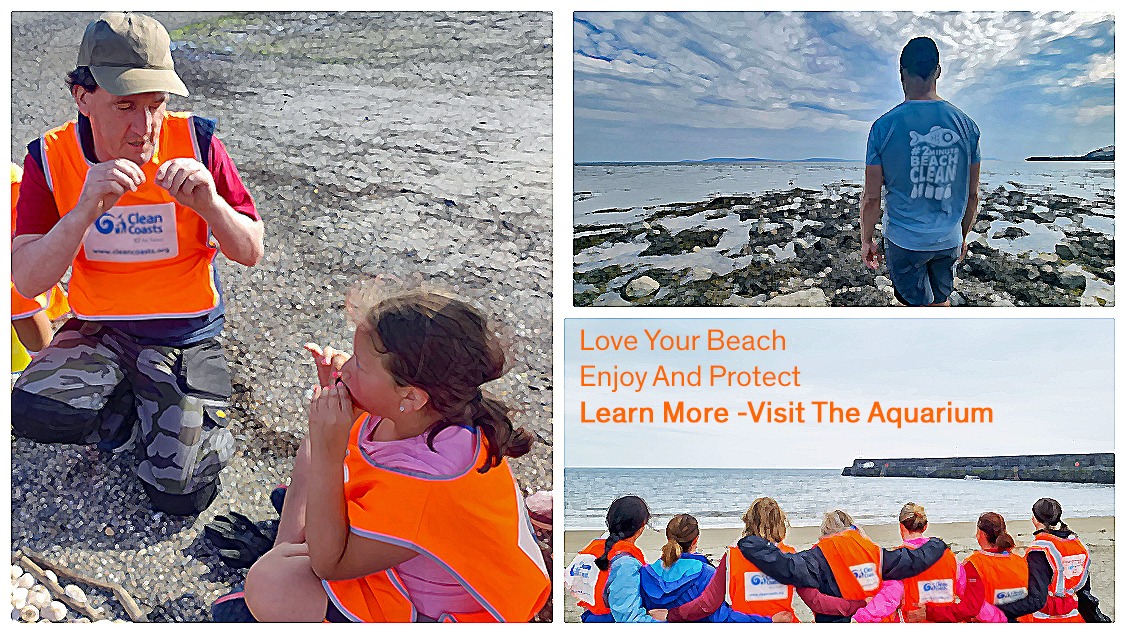
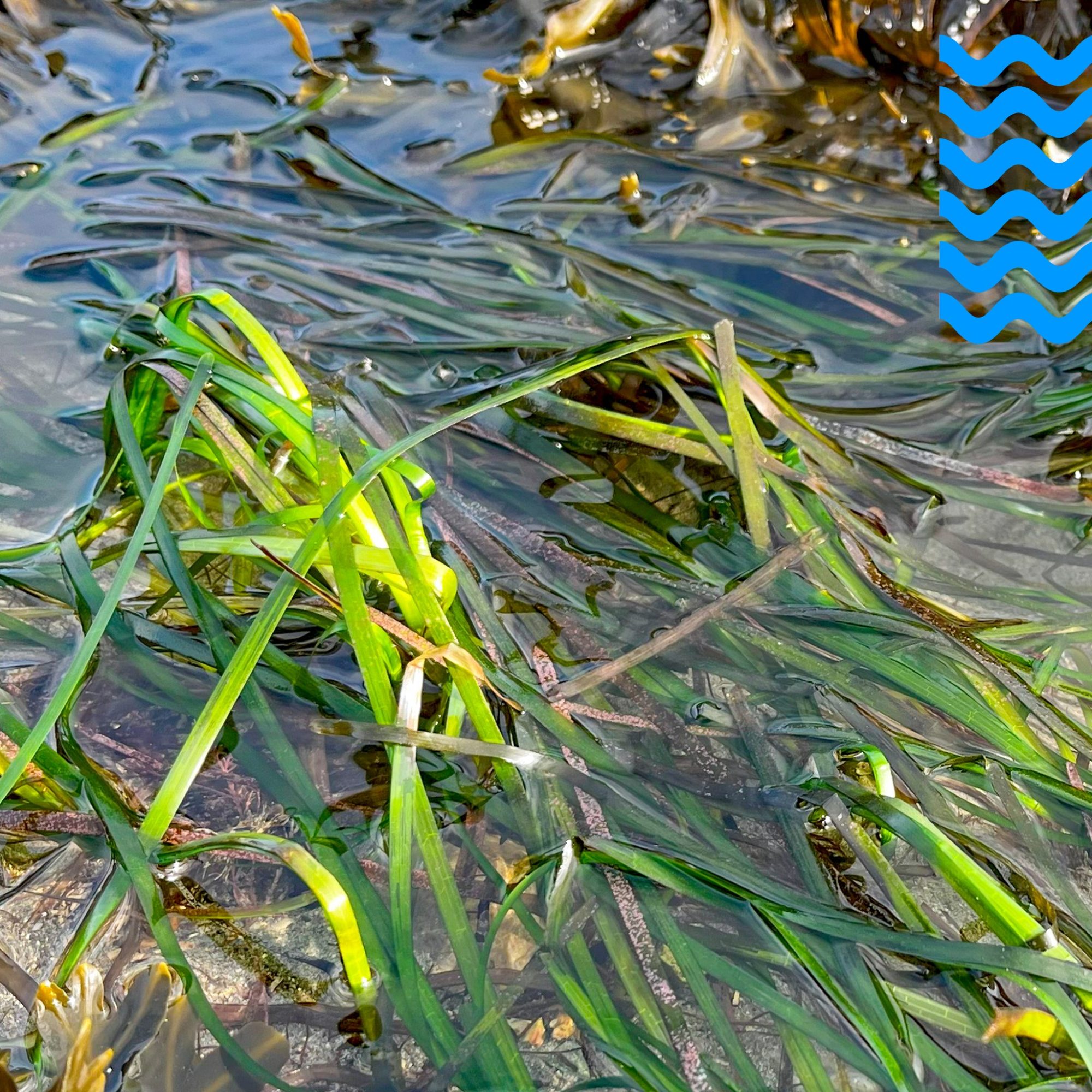
We have also recorded all of our species to the National Biodiversity Data Centre.
We have had such wonderful experiences, and in 2024 we hope to repeat and improve on our goal to encourage more people to explore the shore.
We typically plan our experiences at least two weeks in advance so plenty of time for planning.
We will see you on the shore in 2024
Here is some examples of the Rockpool Species, availing of the shelter afforded by Shells, and some Species that get an honorable mention (Broad Claw Porcelain Crab and Brittlestar.
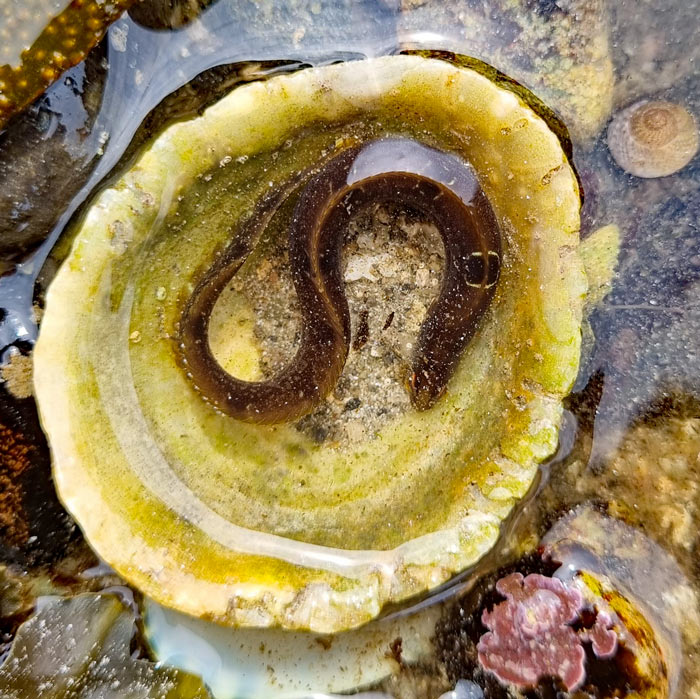
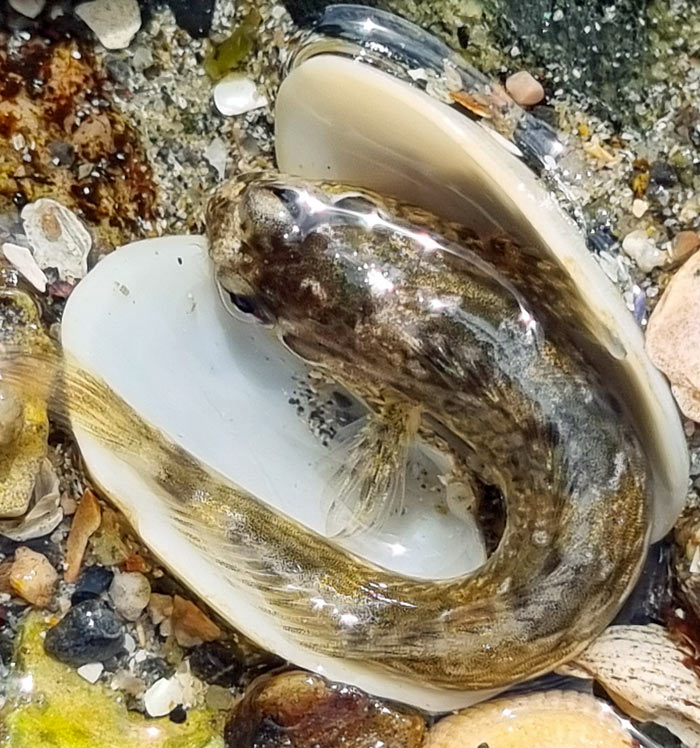
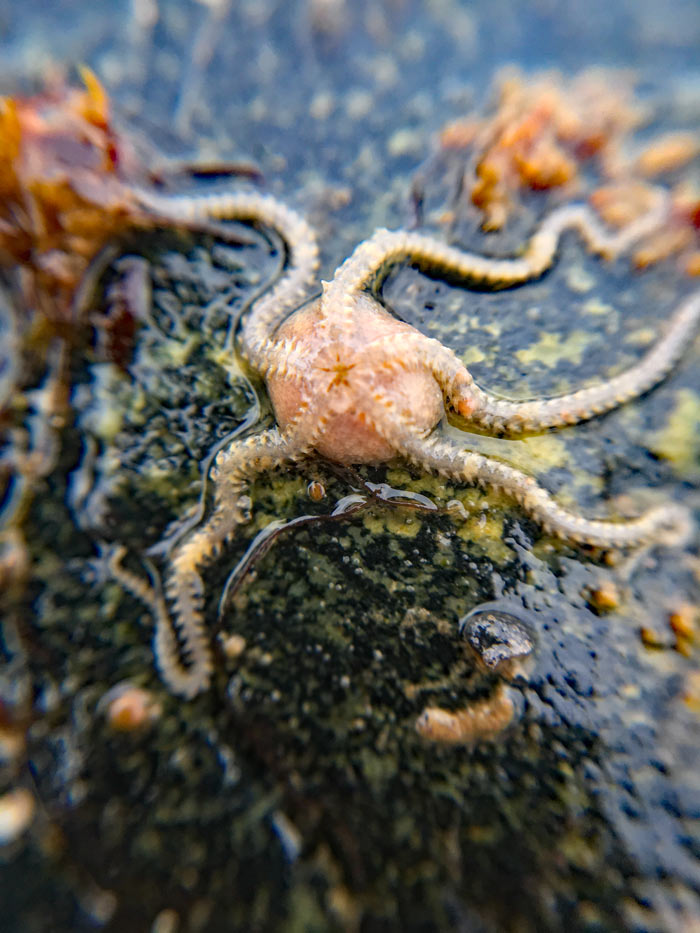
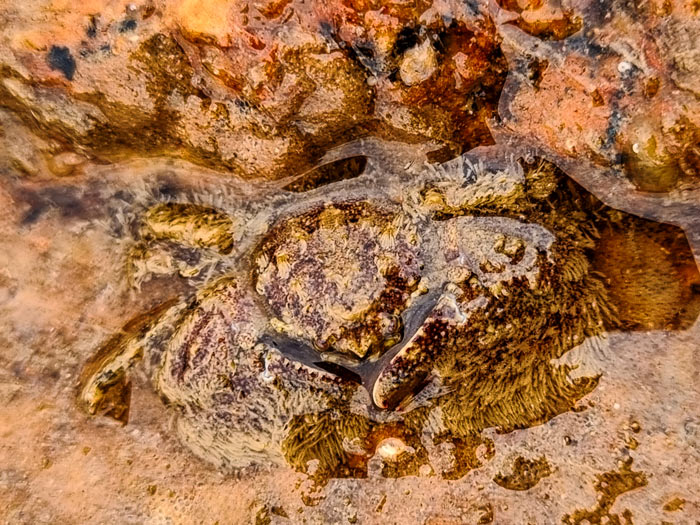
Galway Atlantaquaria would like to say a big thank you to our owner Mr. Liam Twomey for funding these free Rockpool Experiences in 2023.
